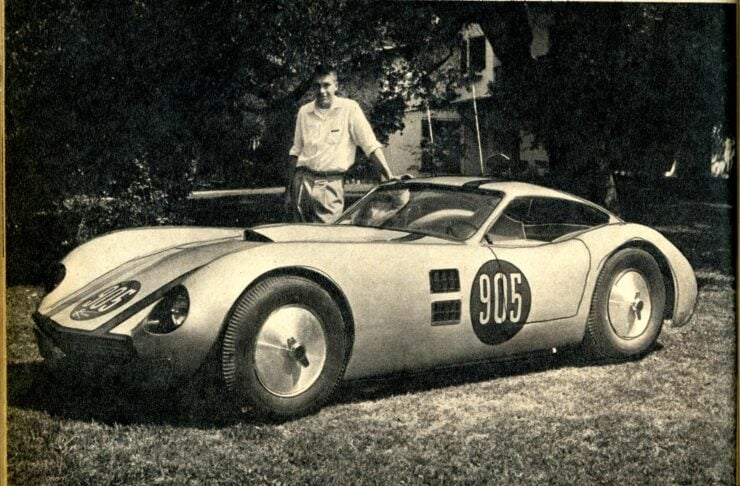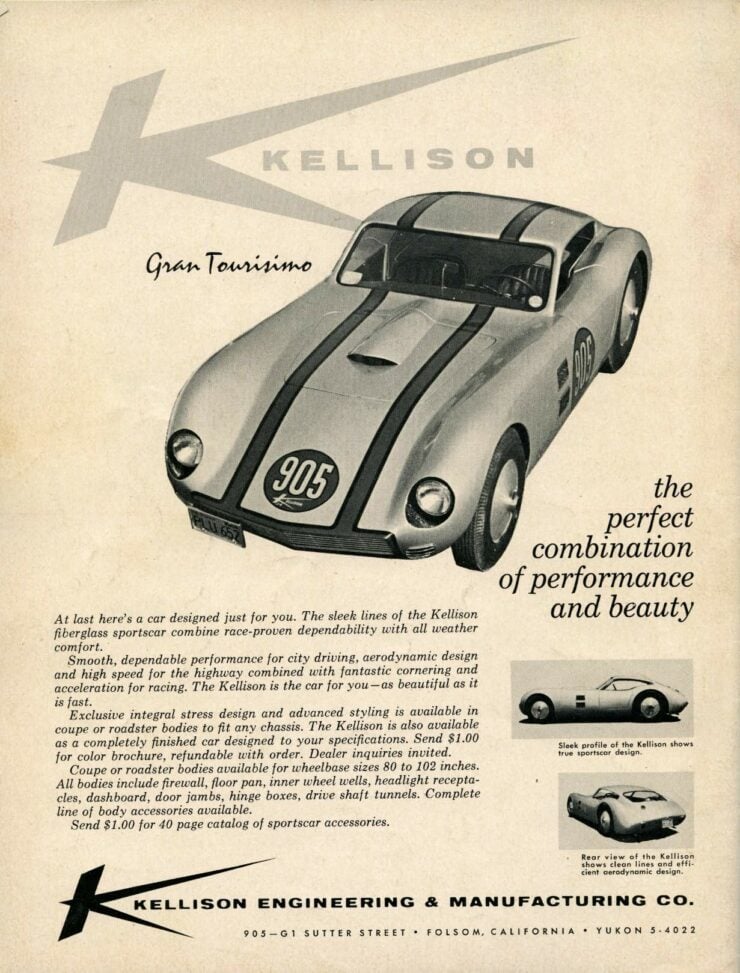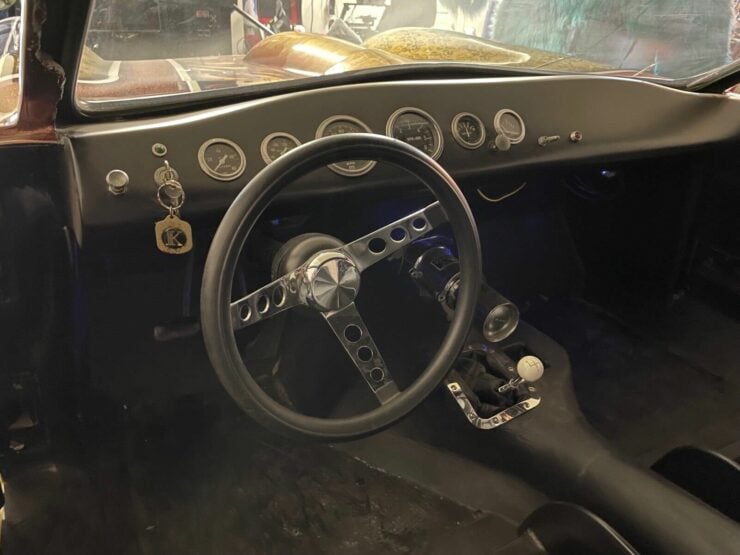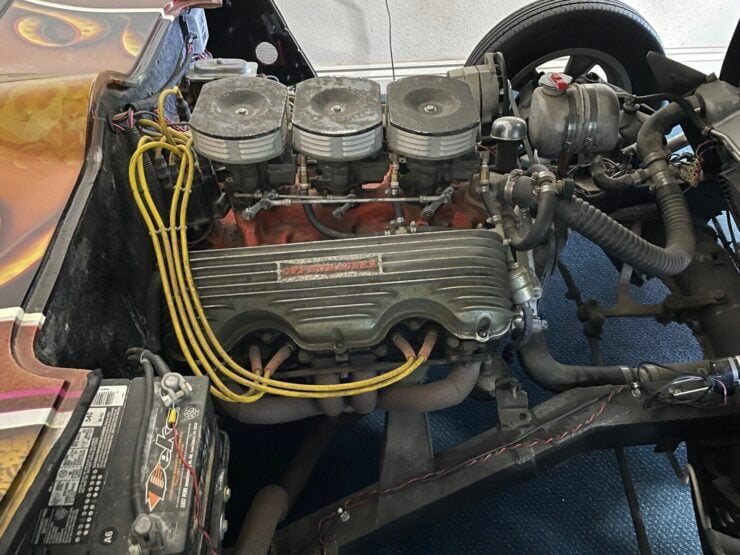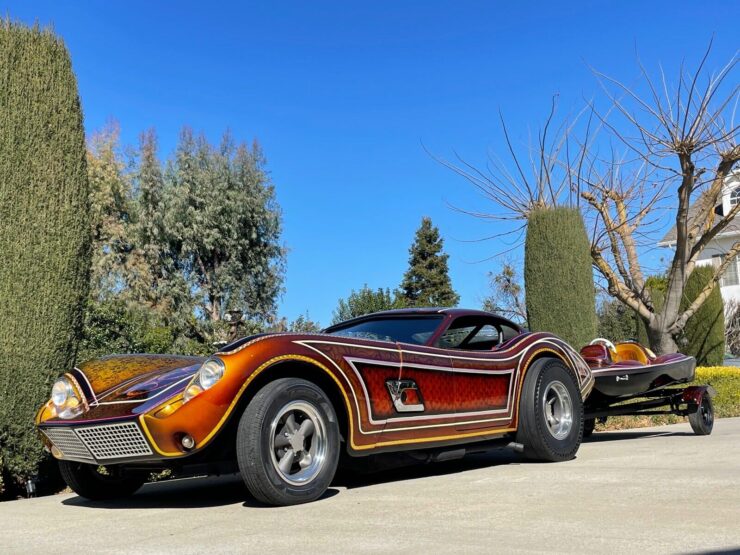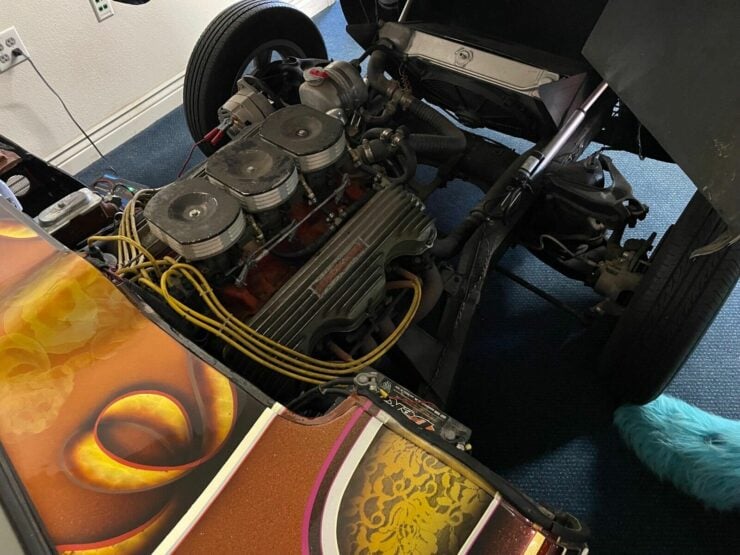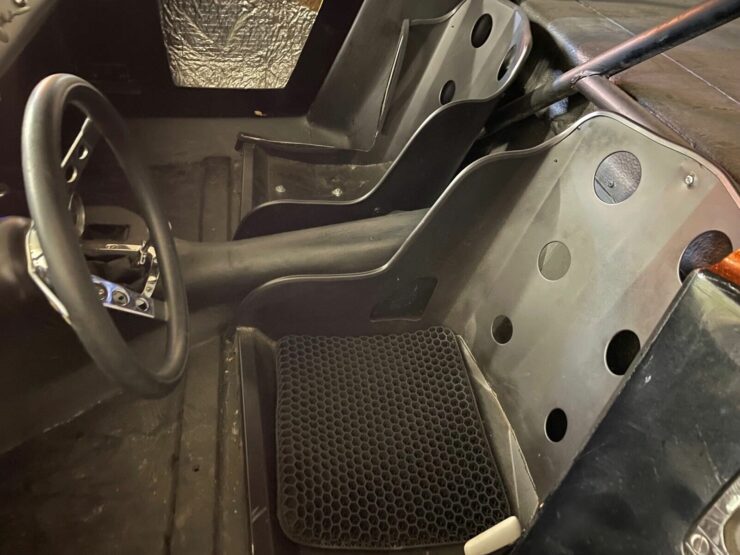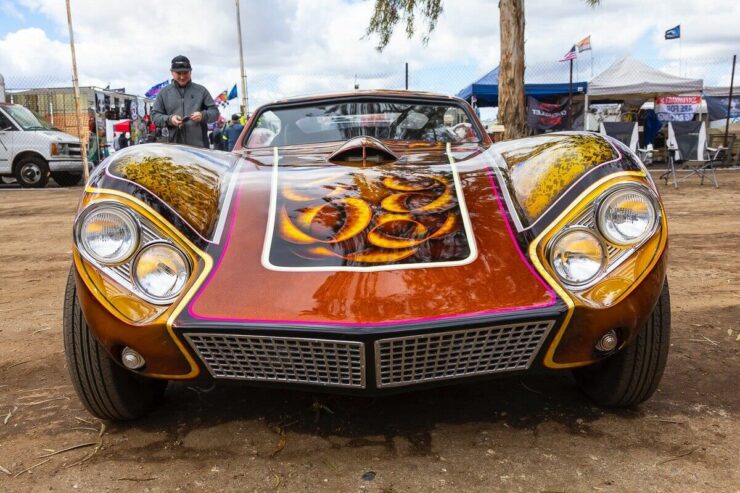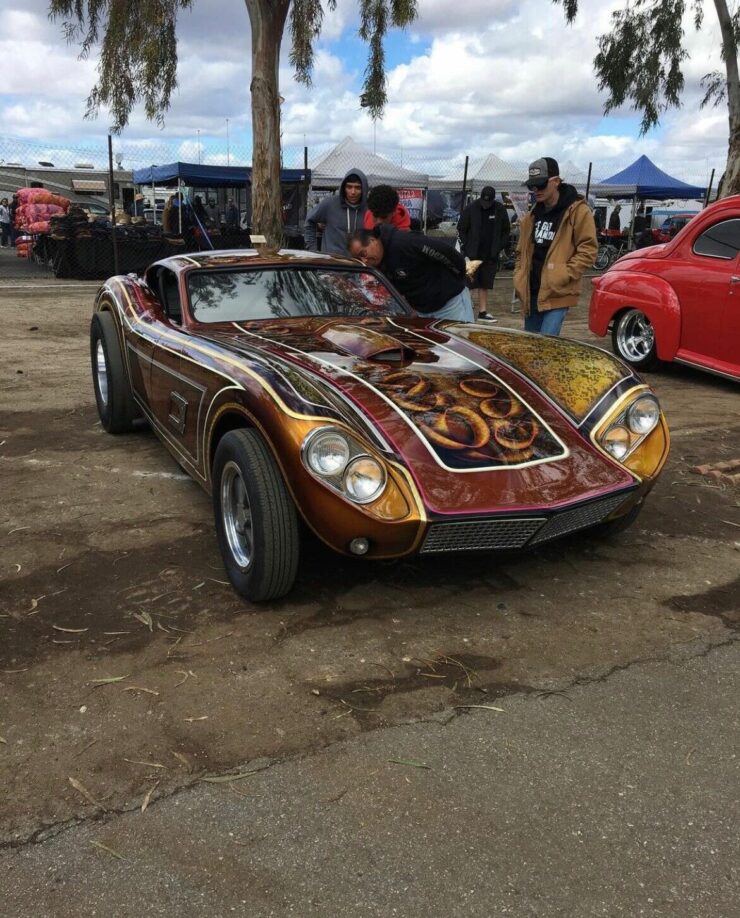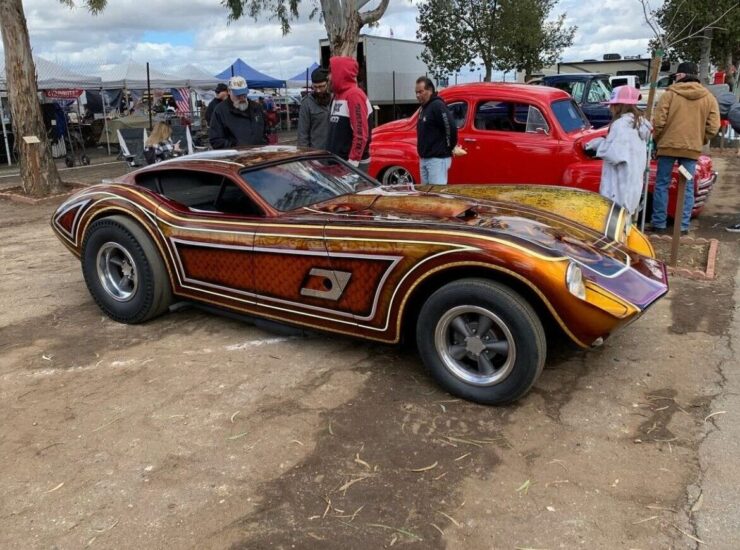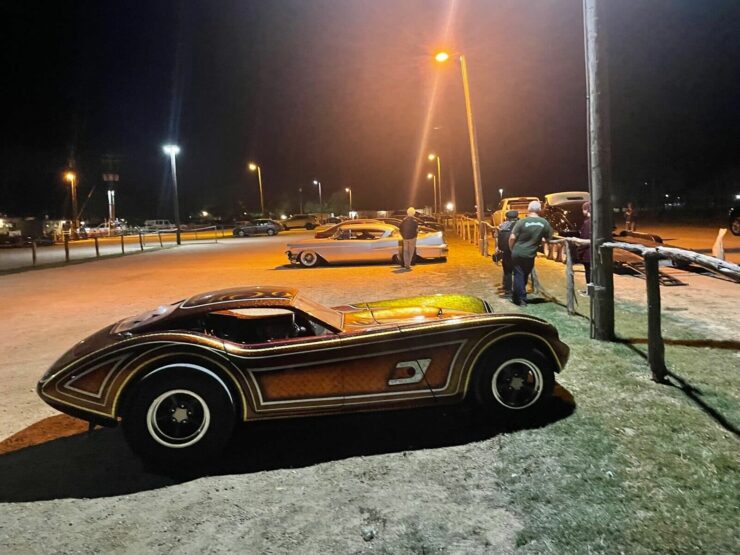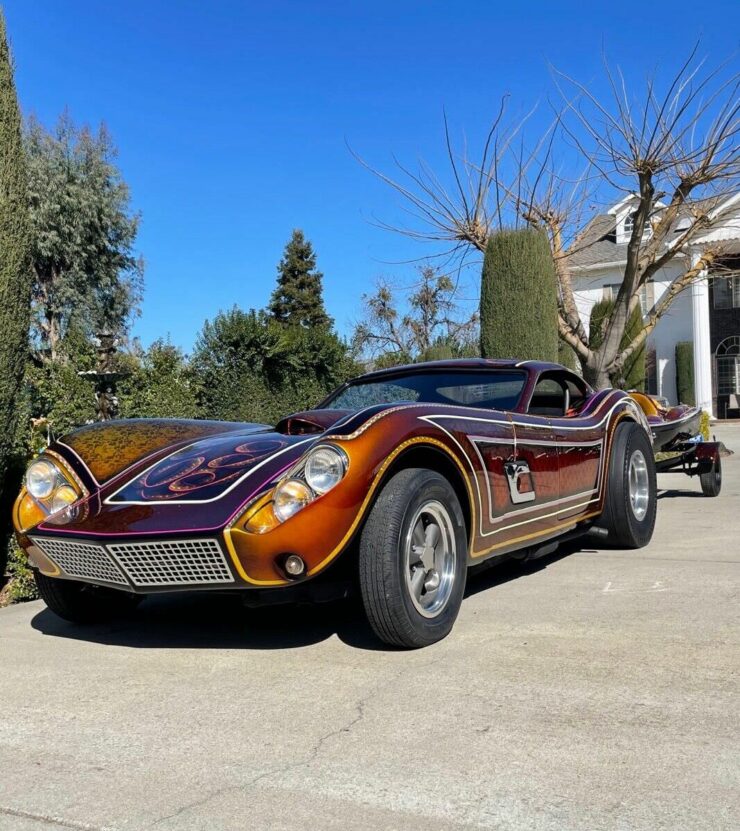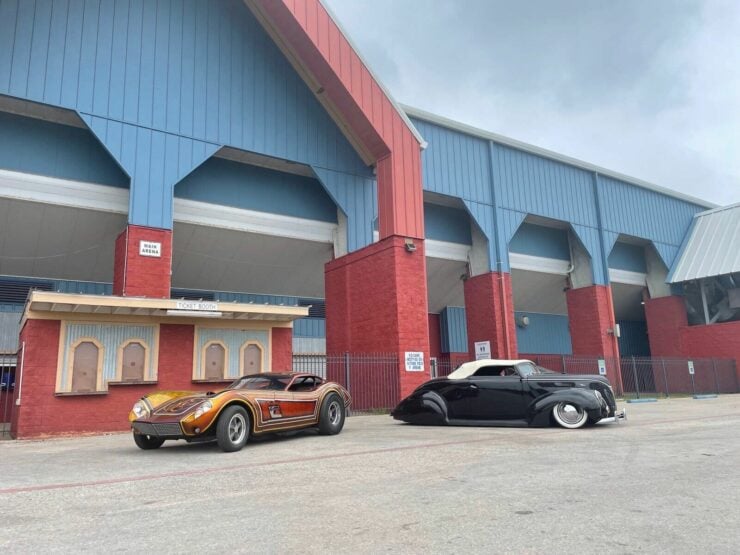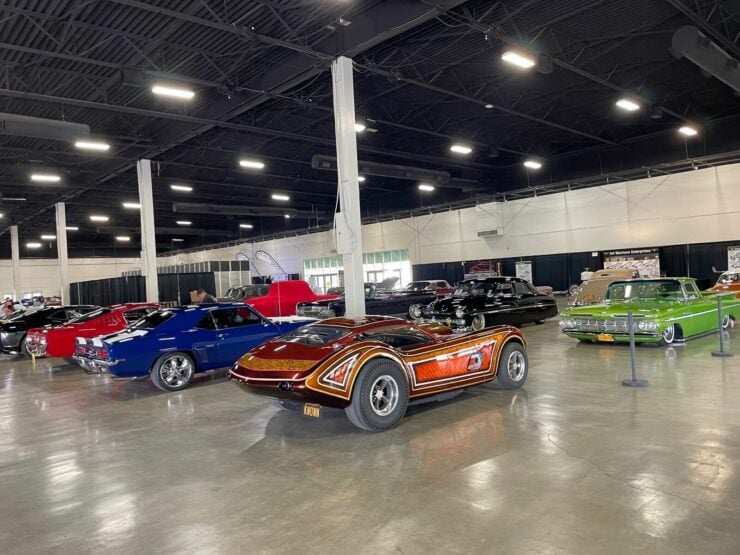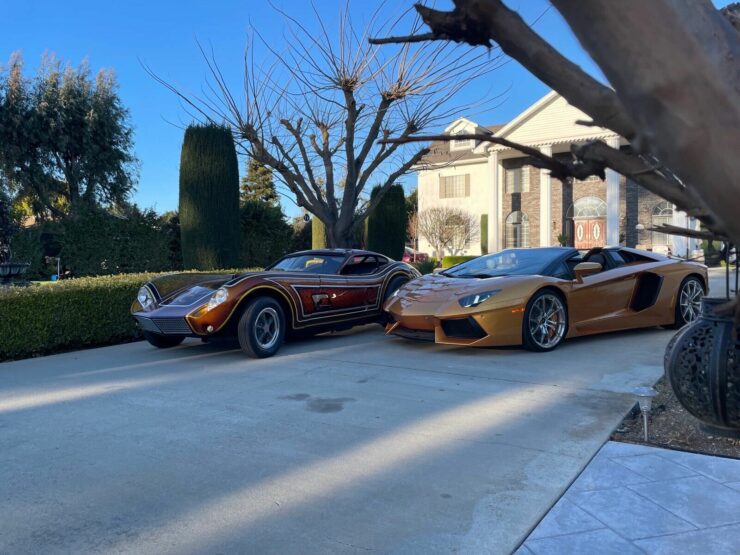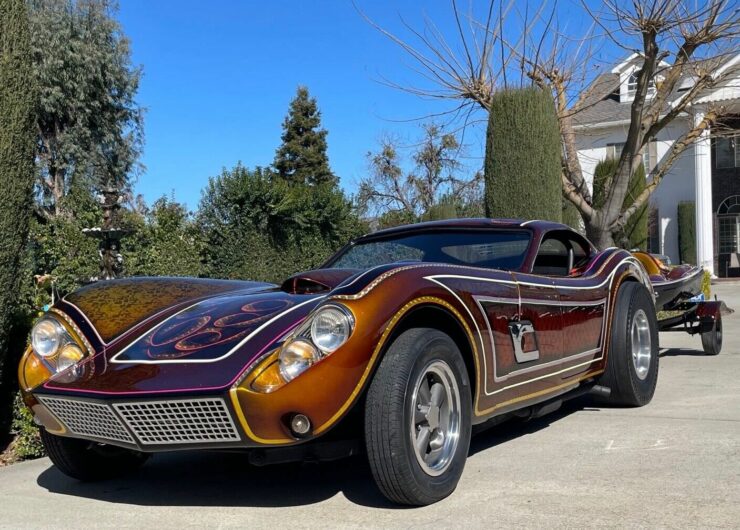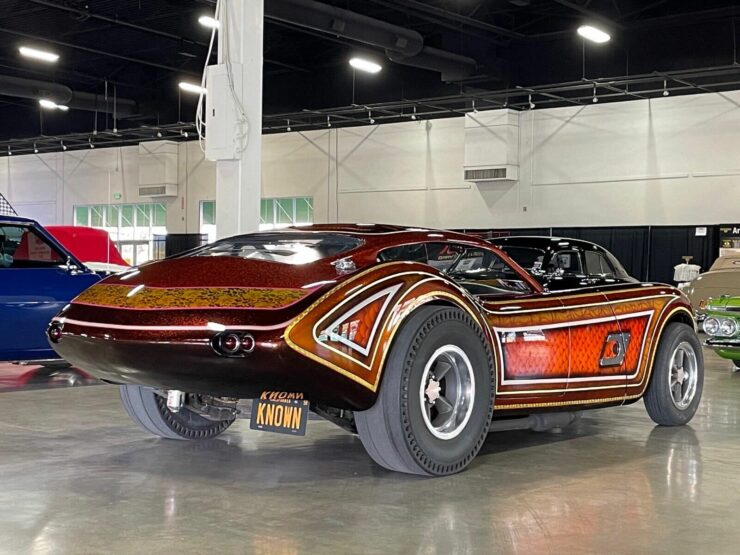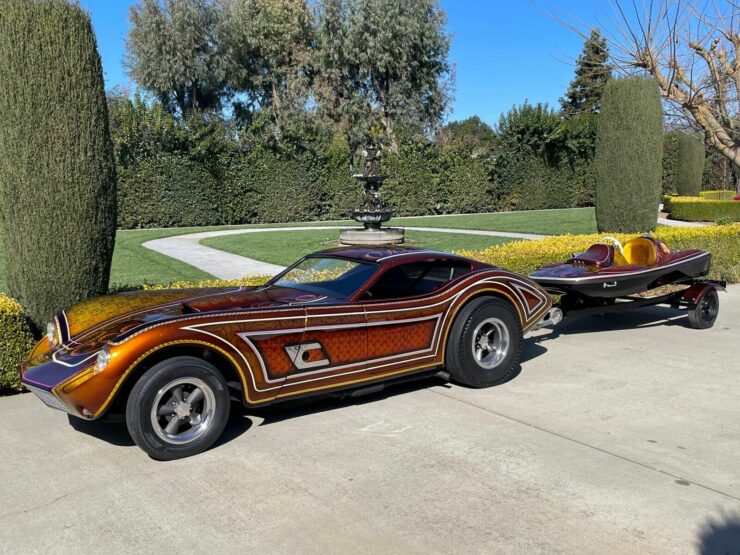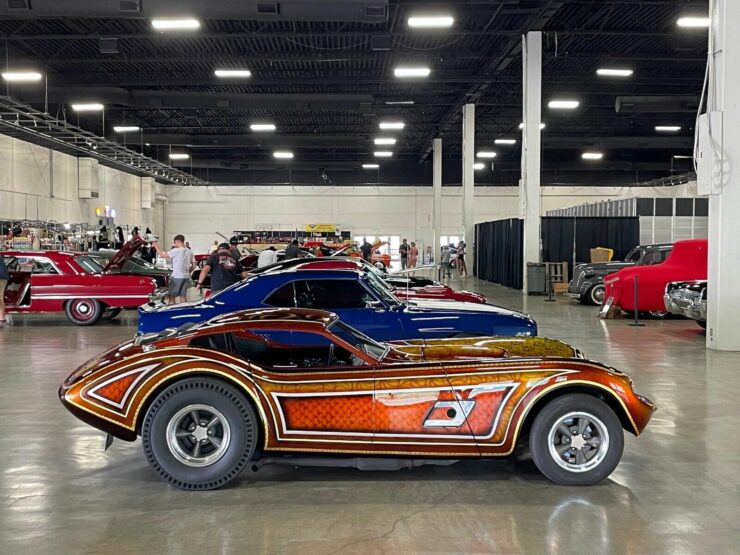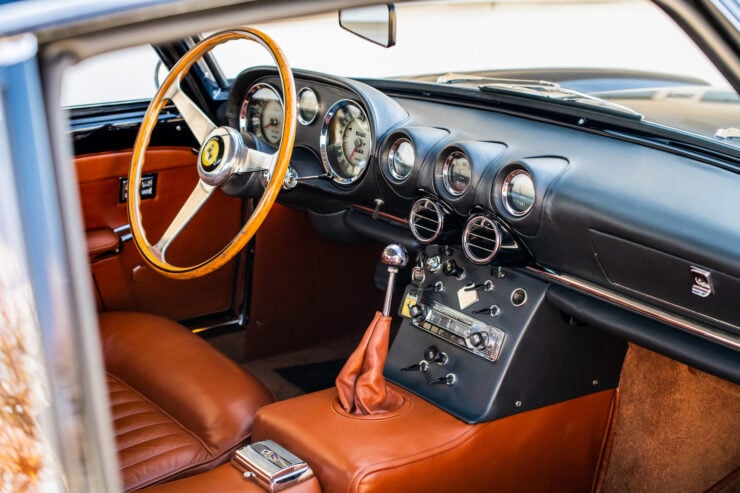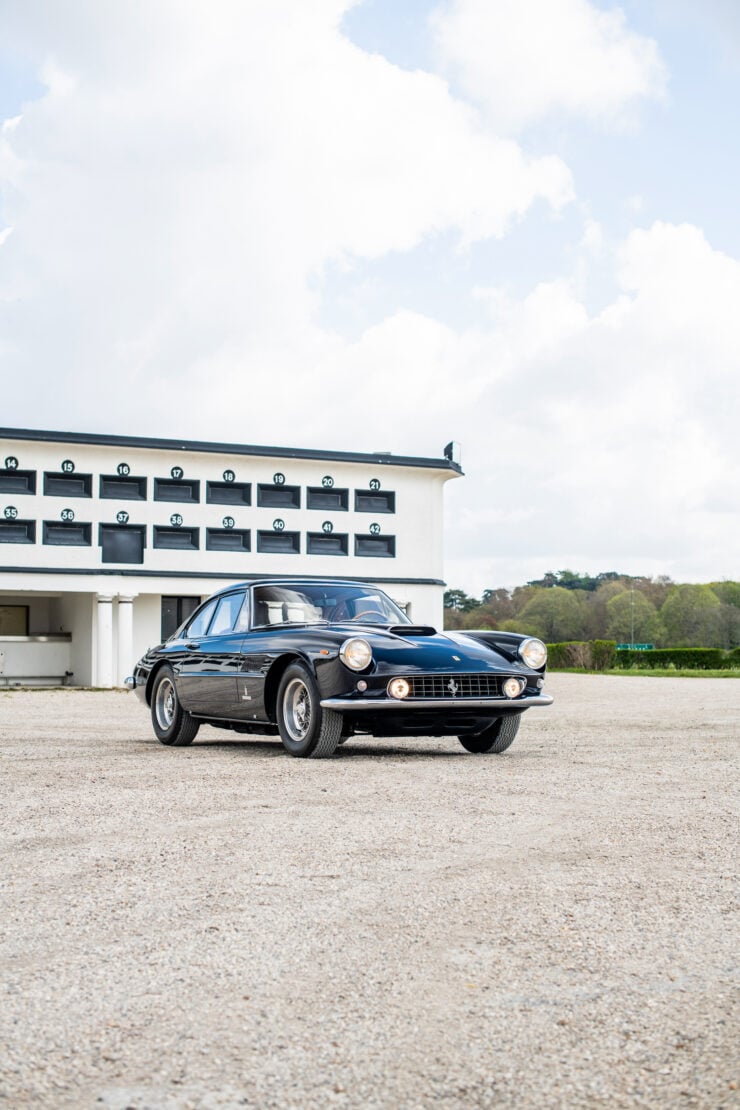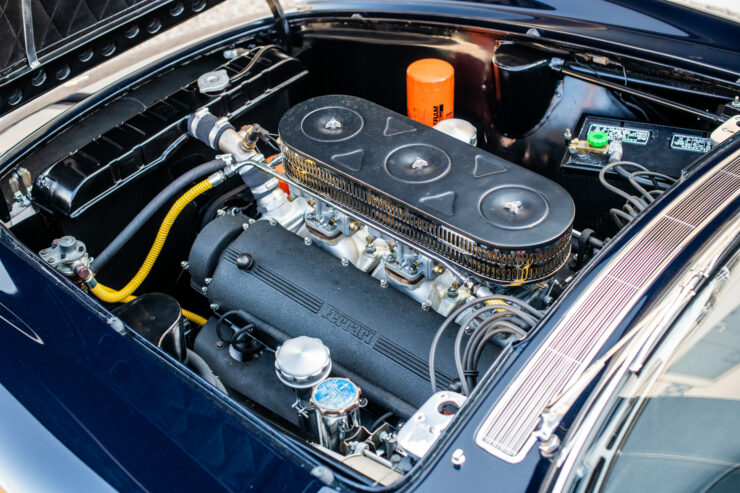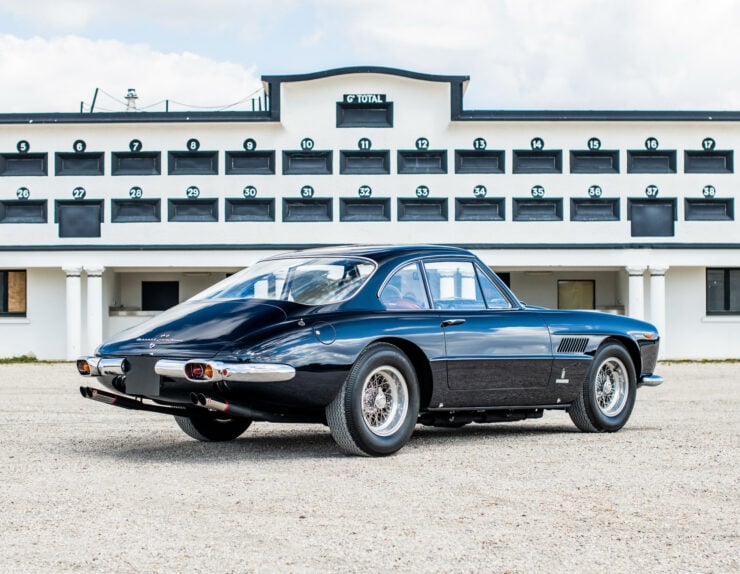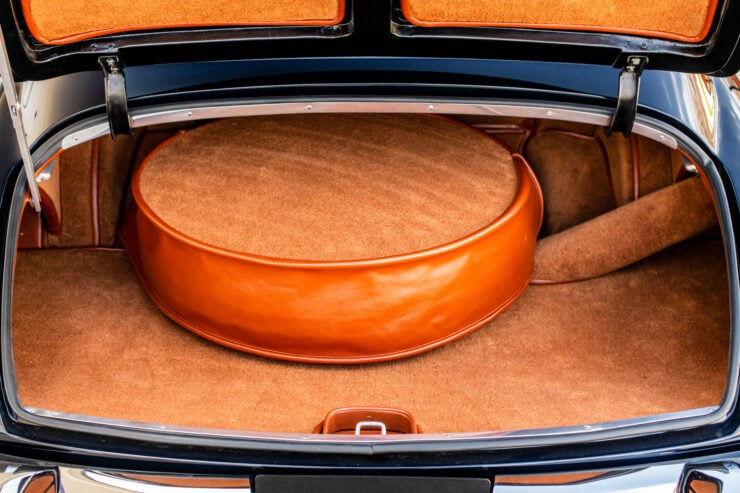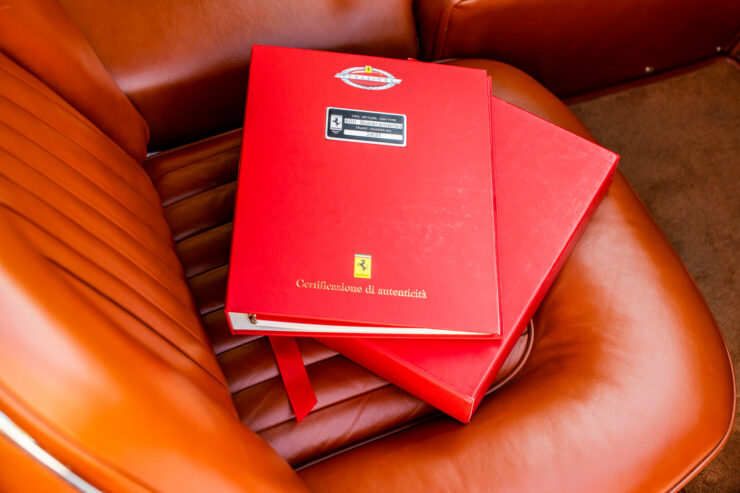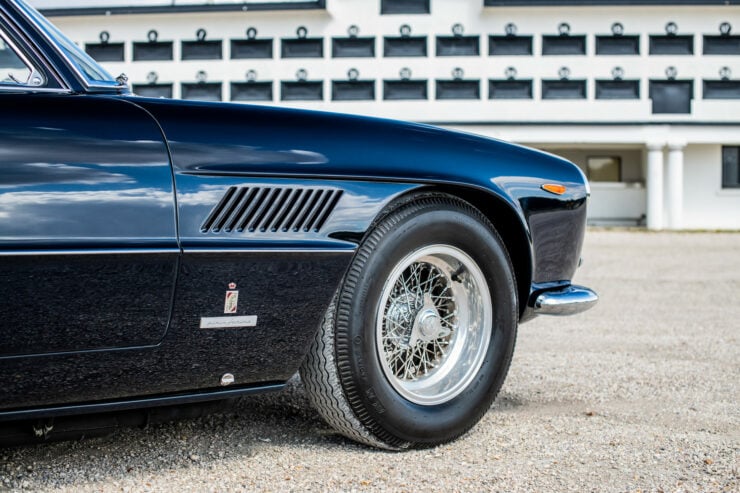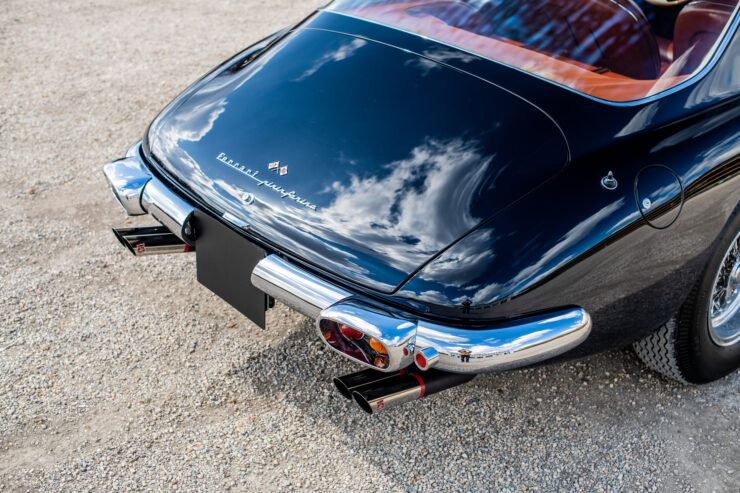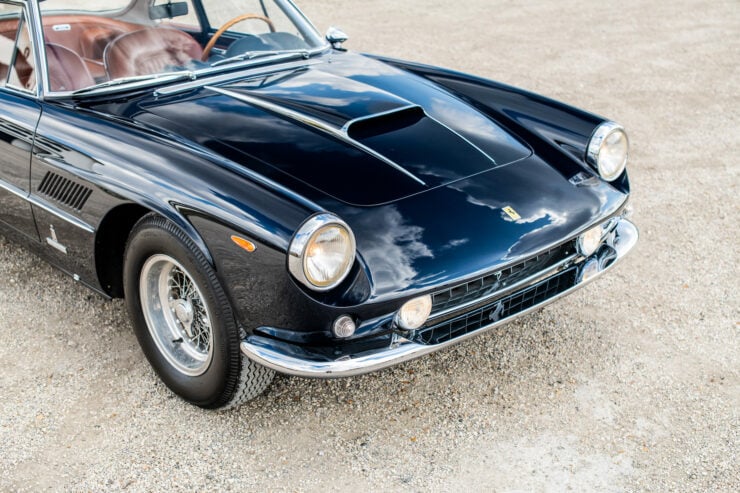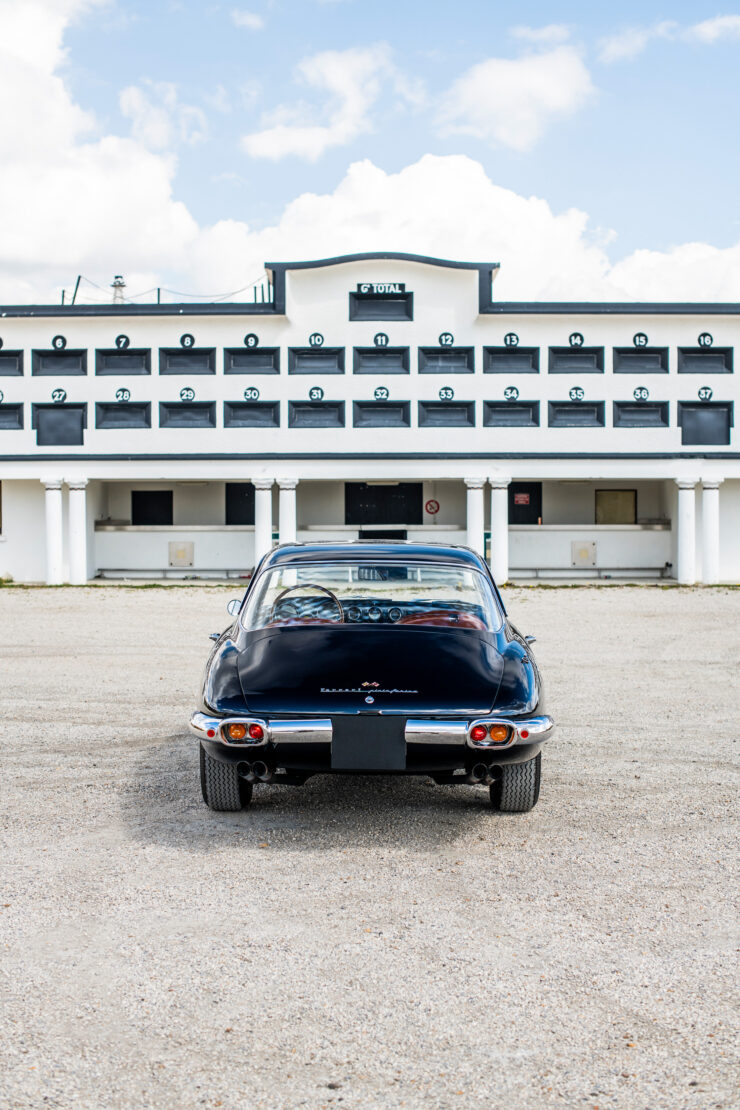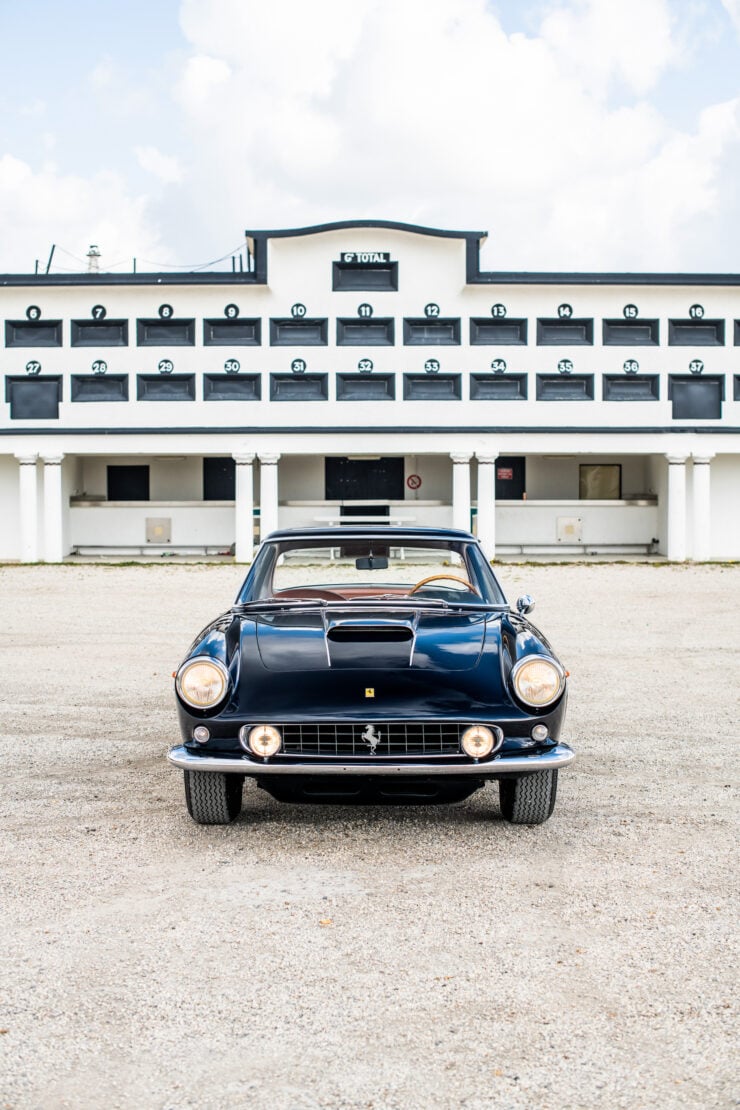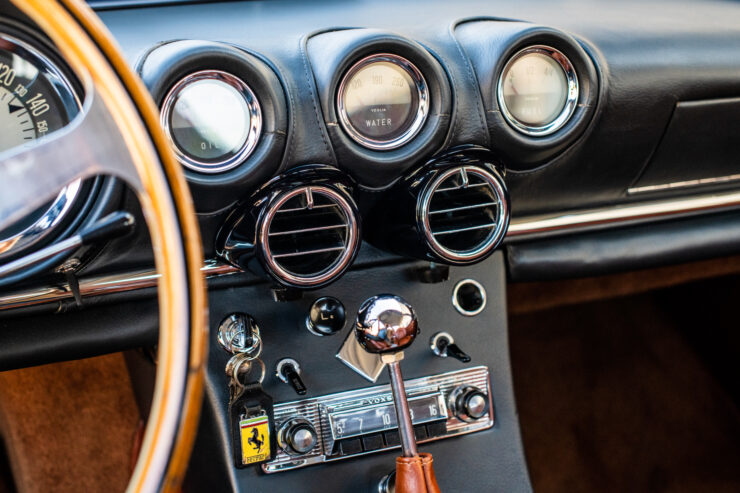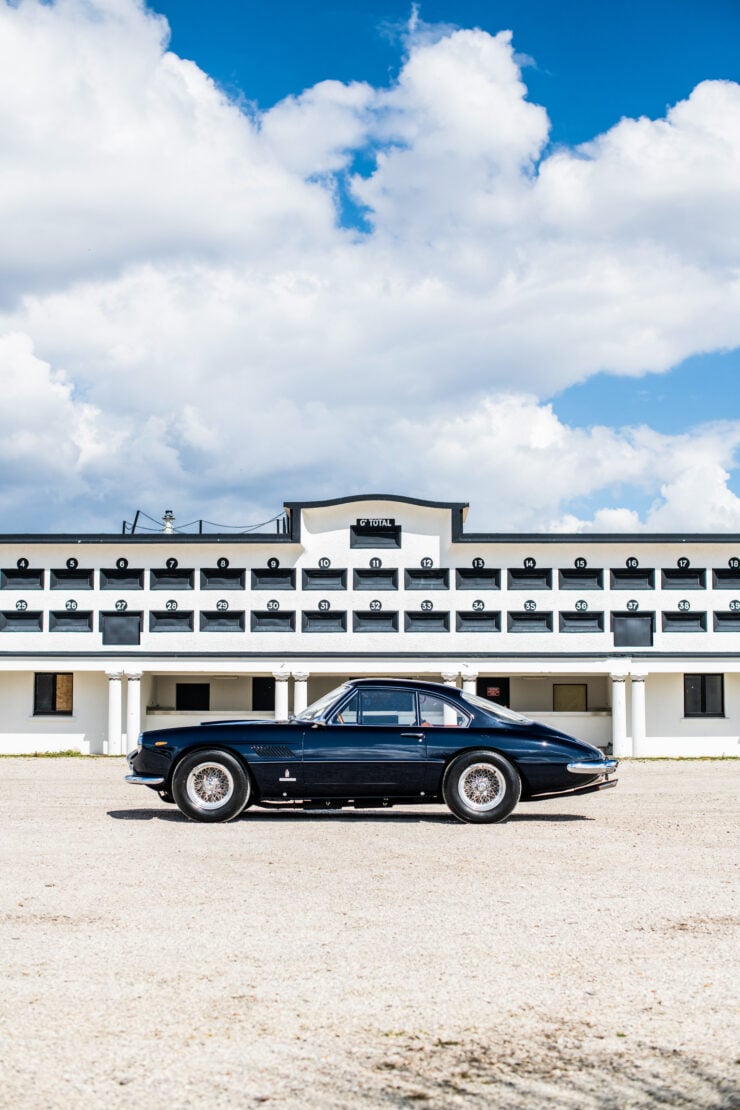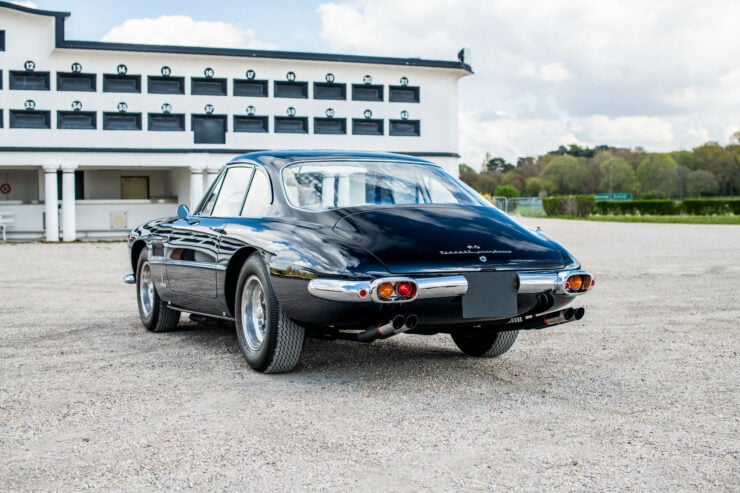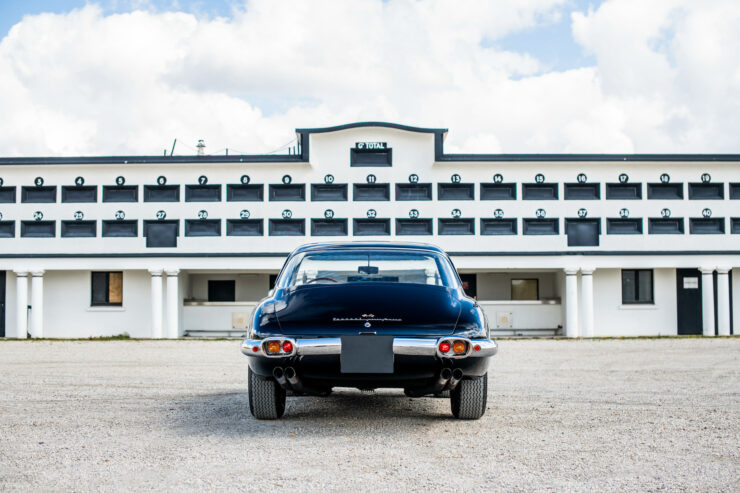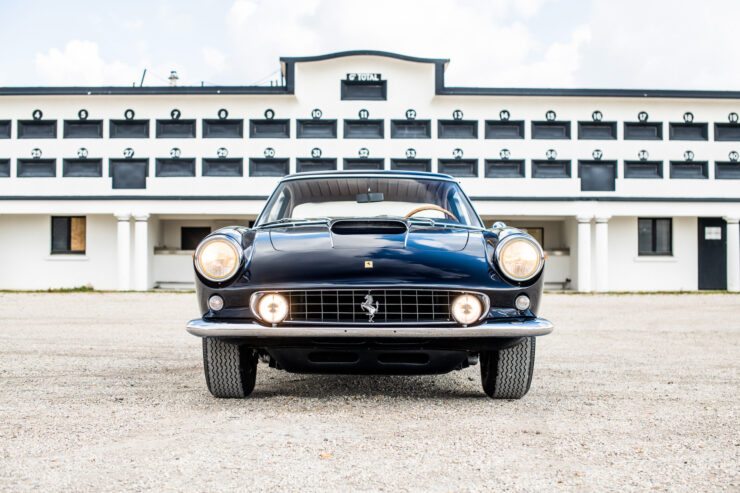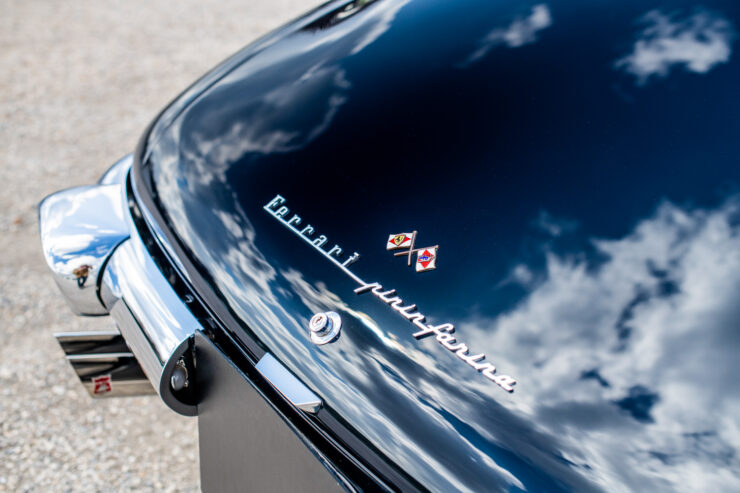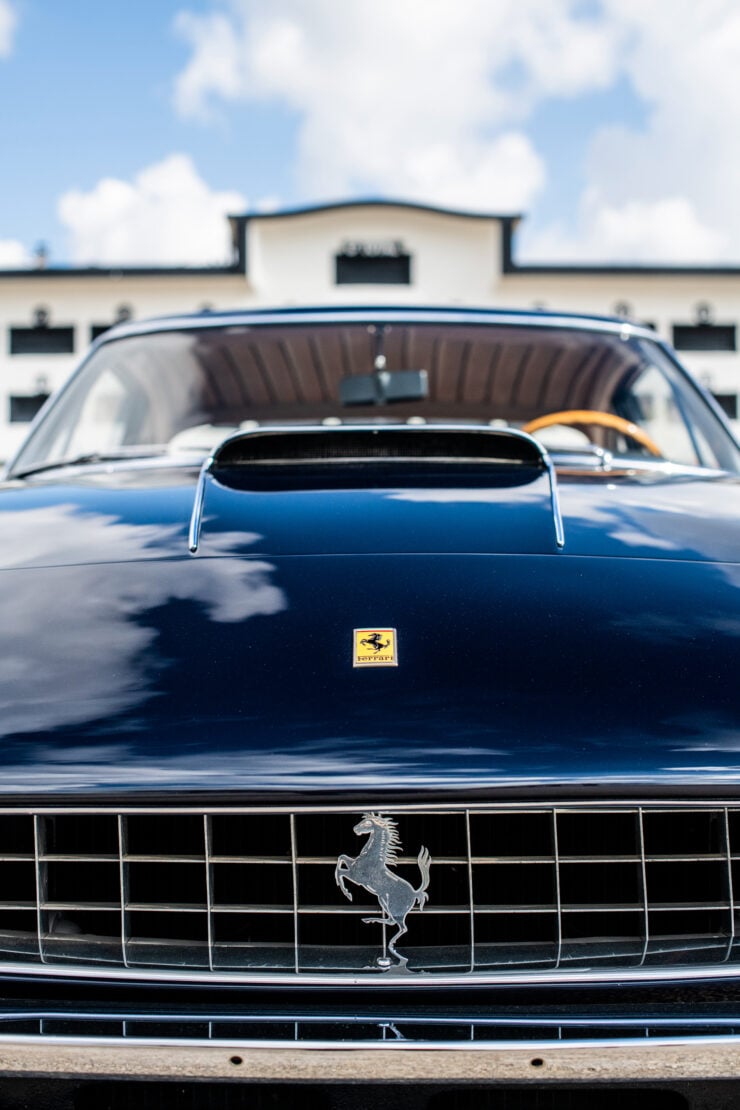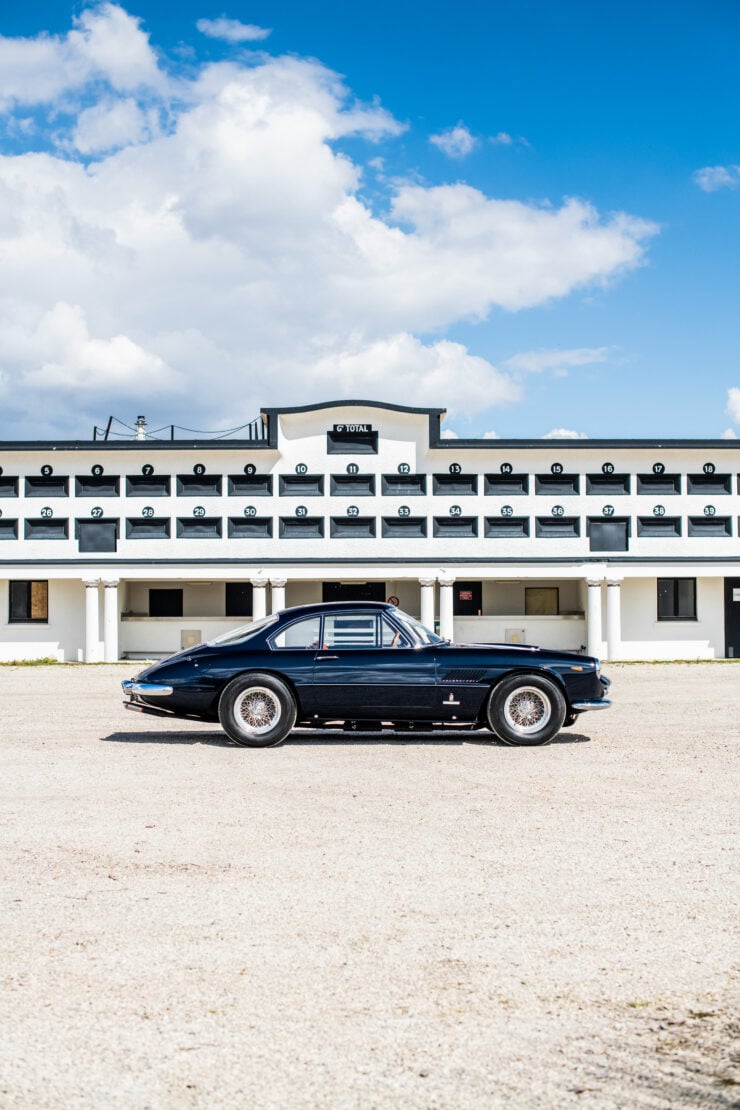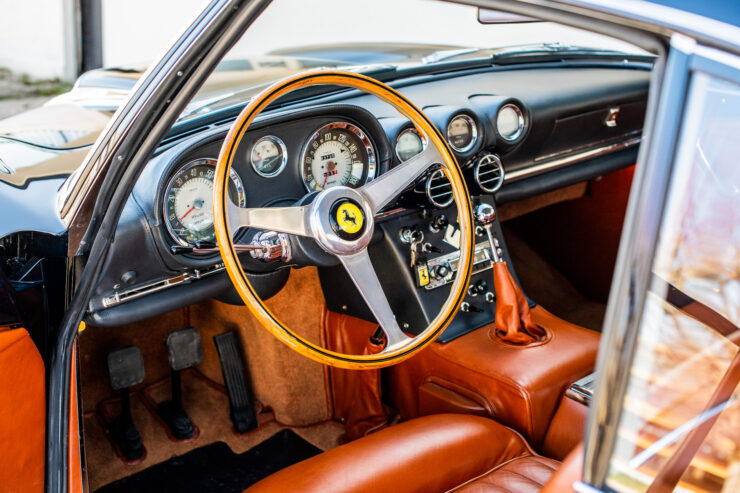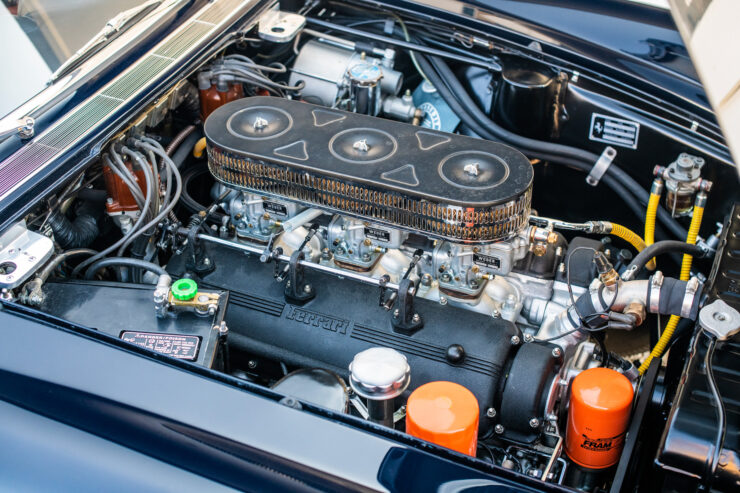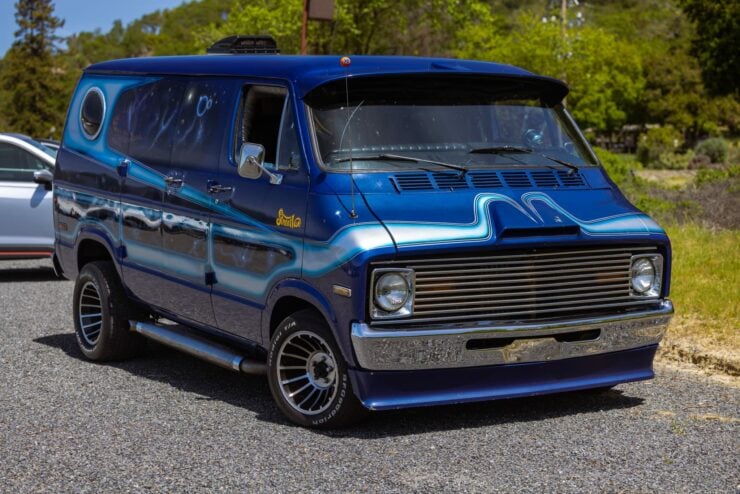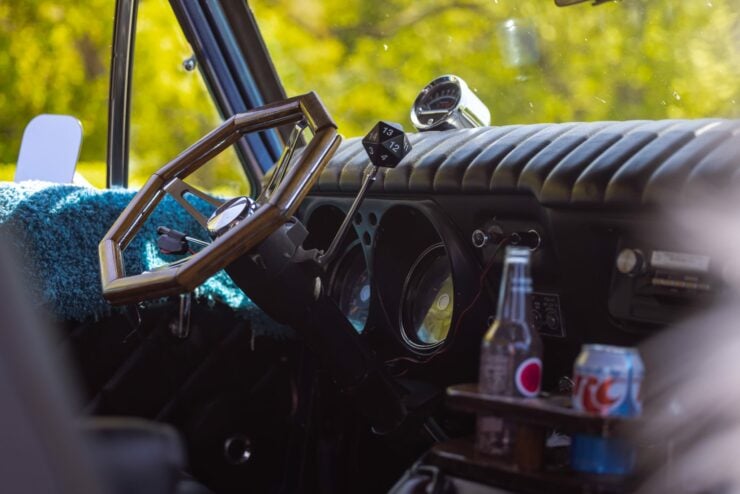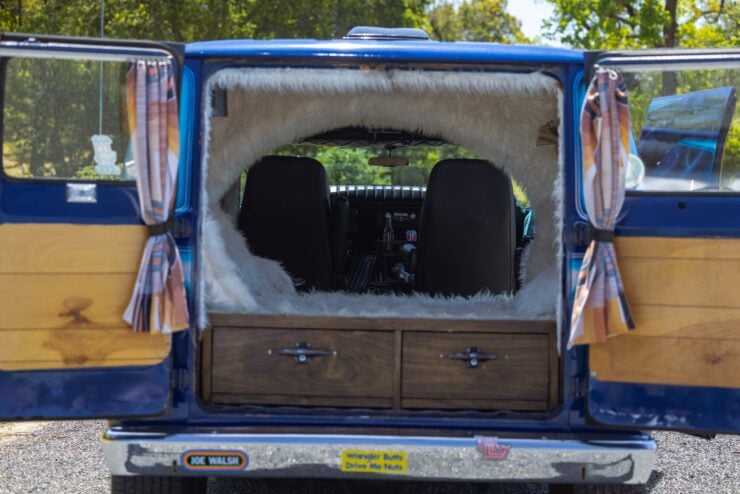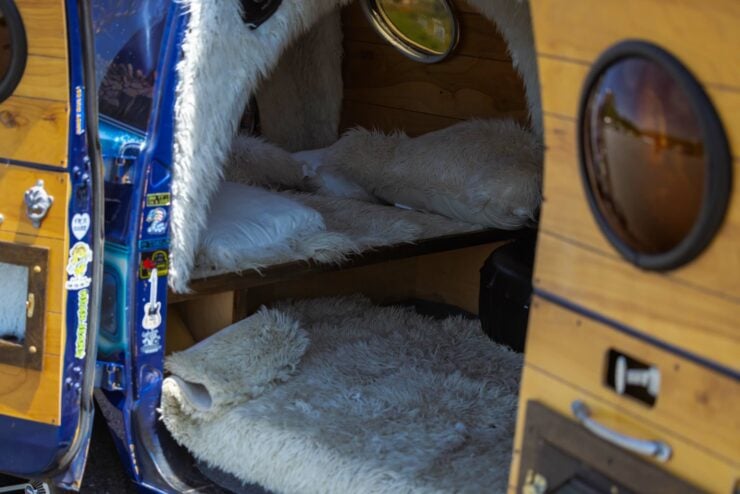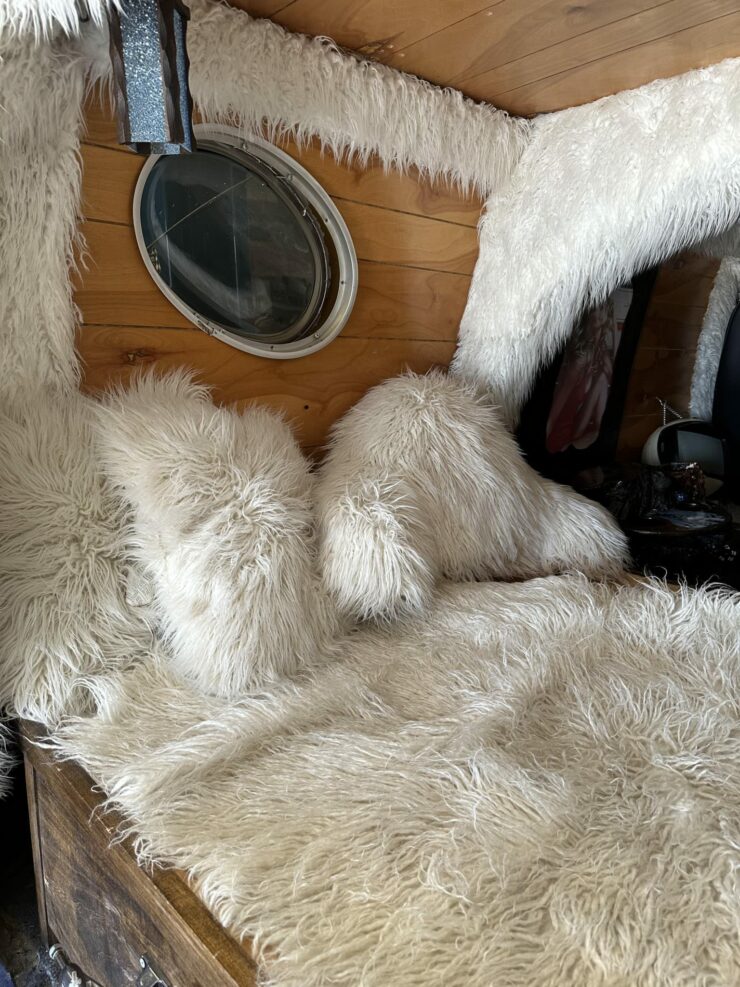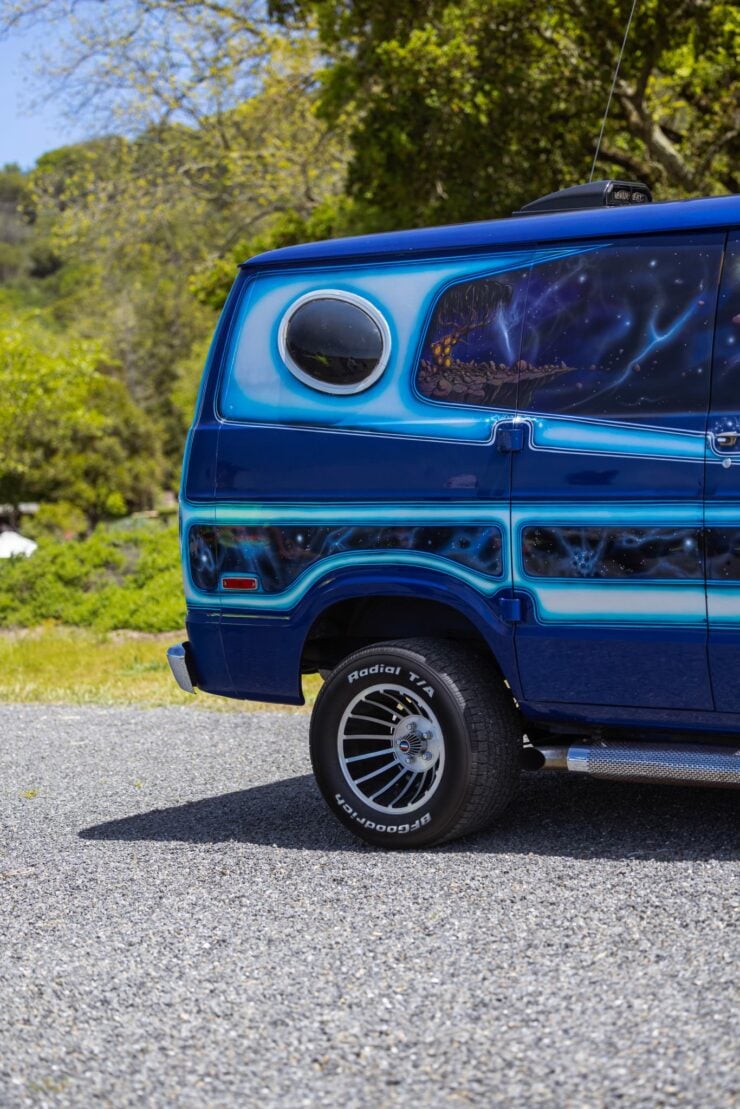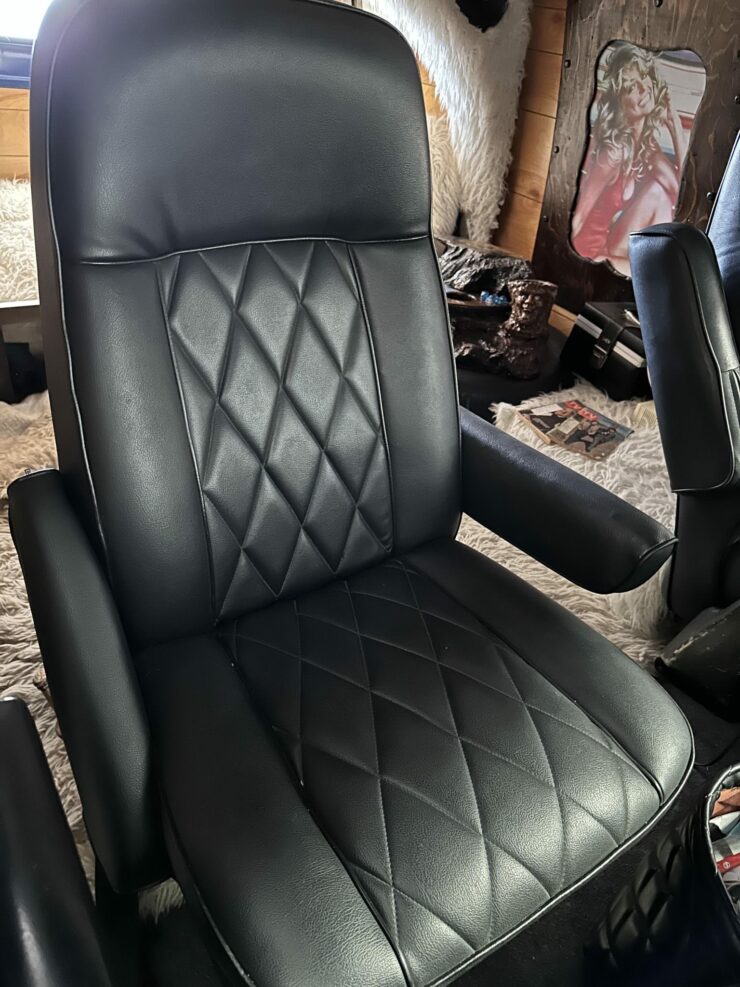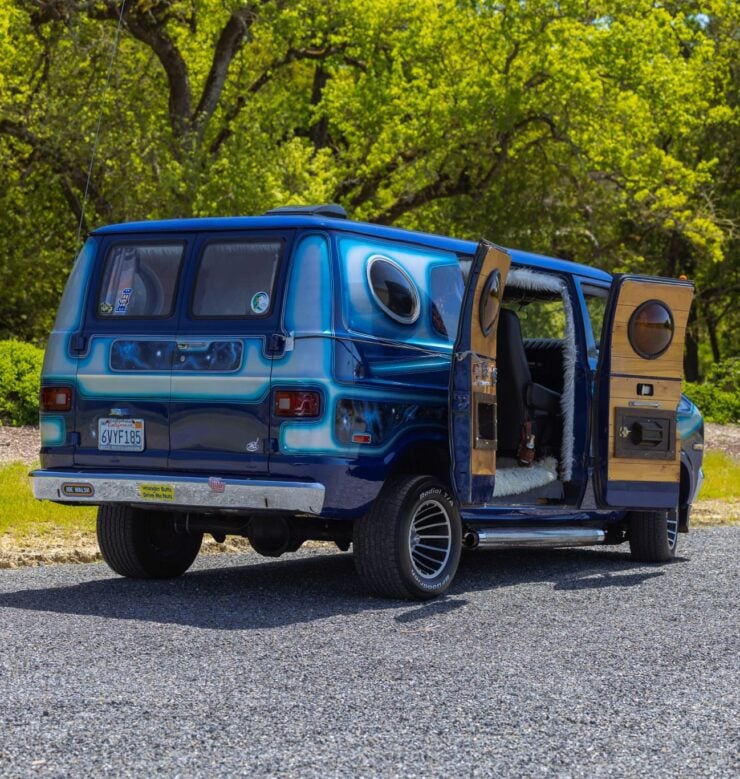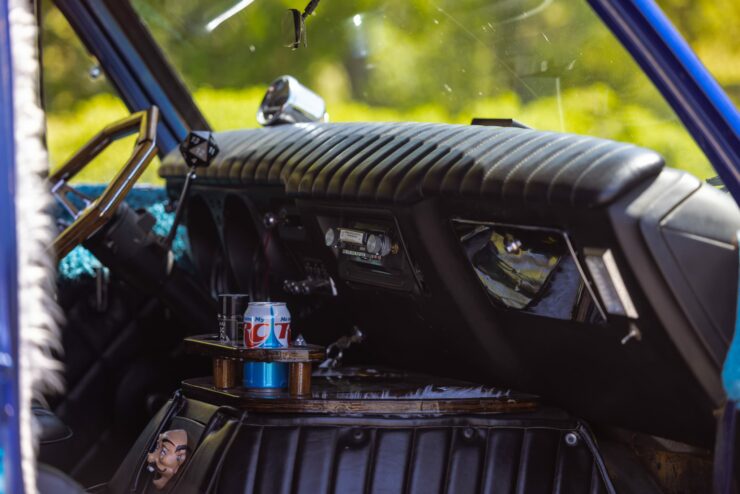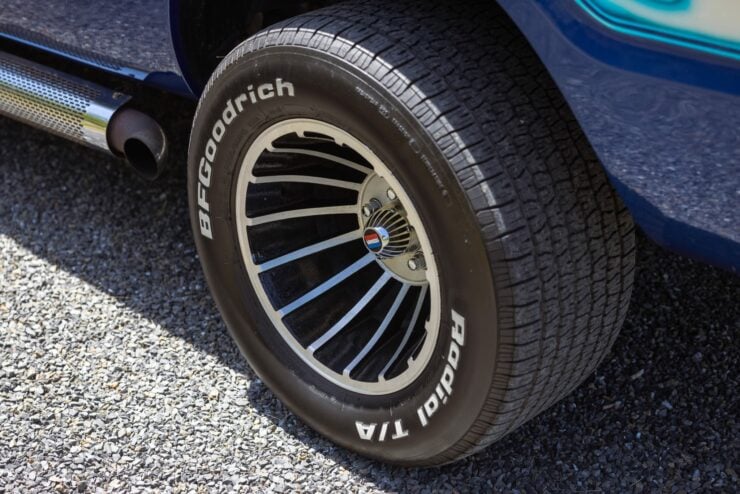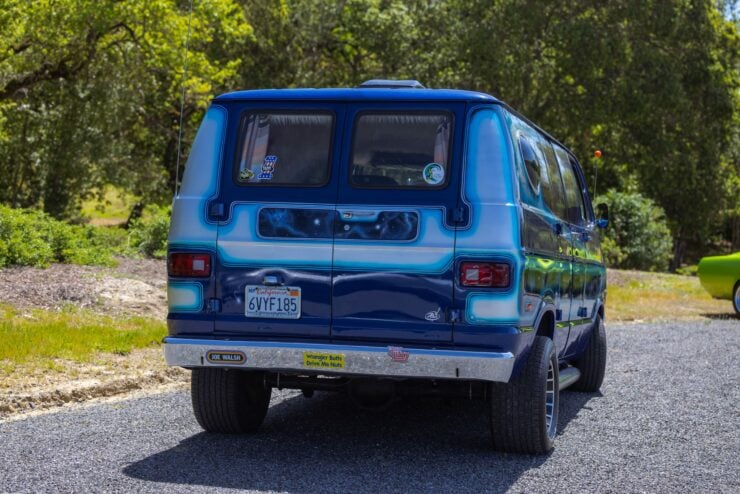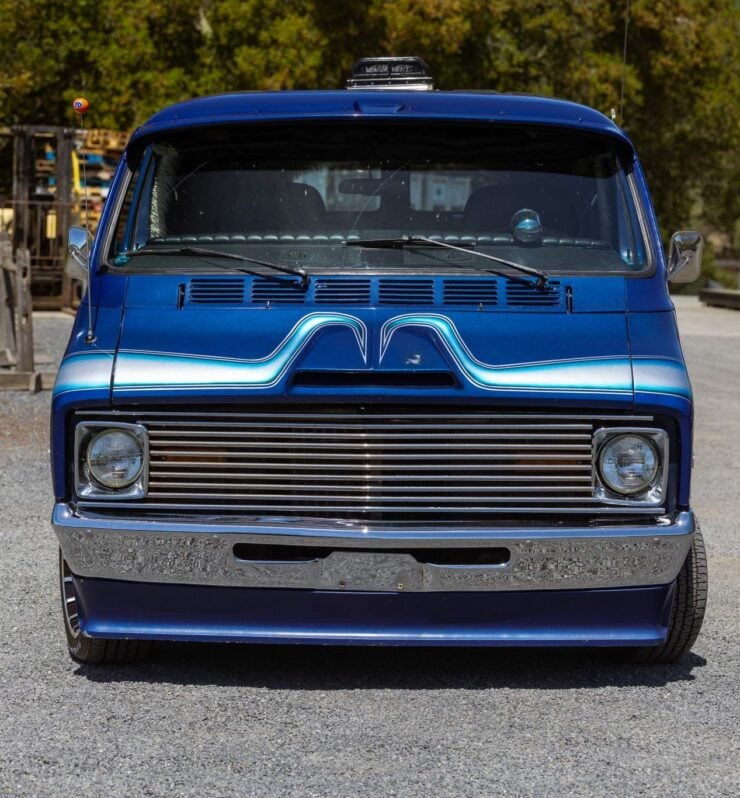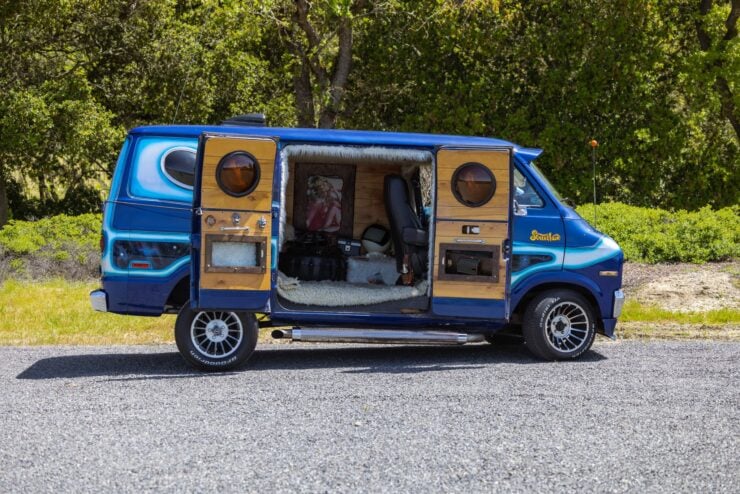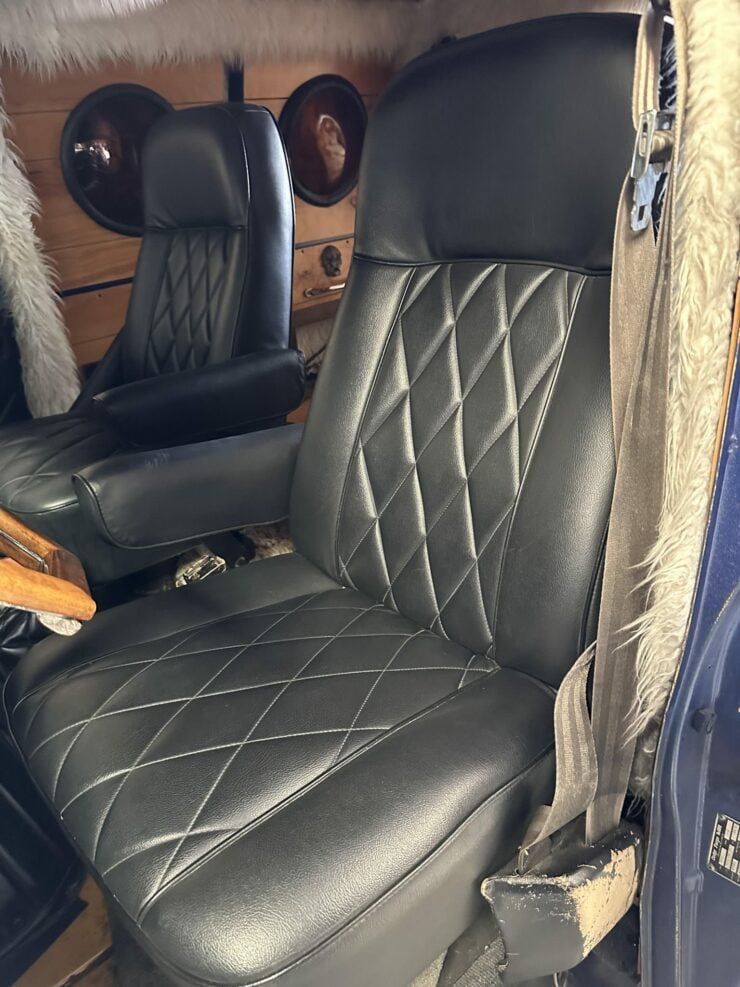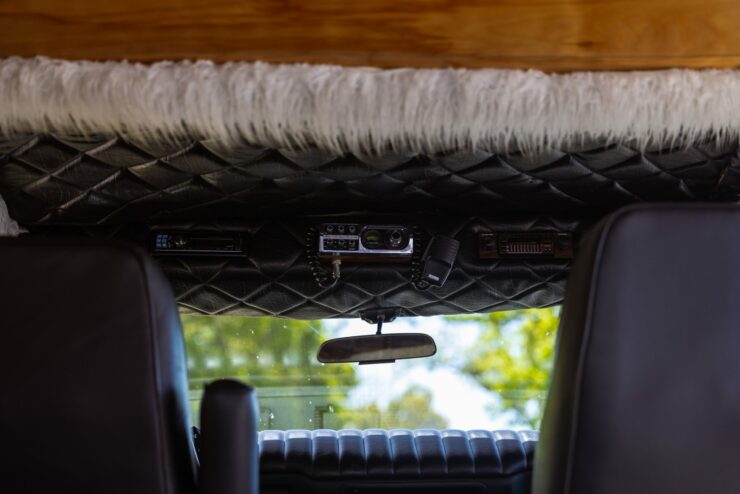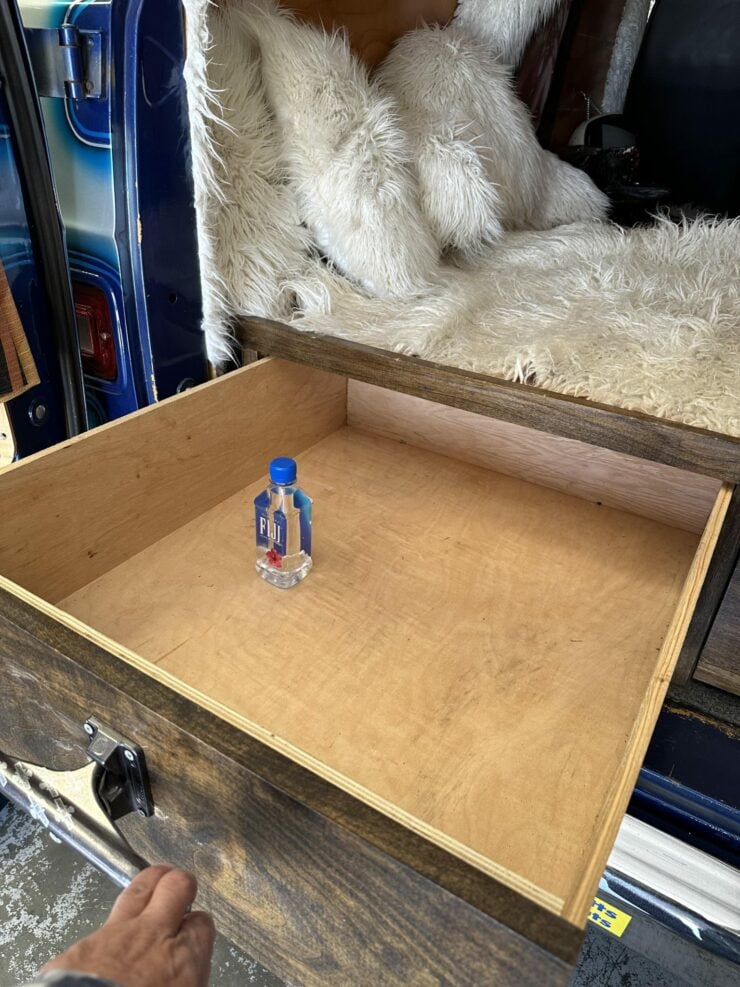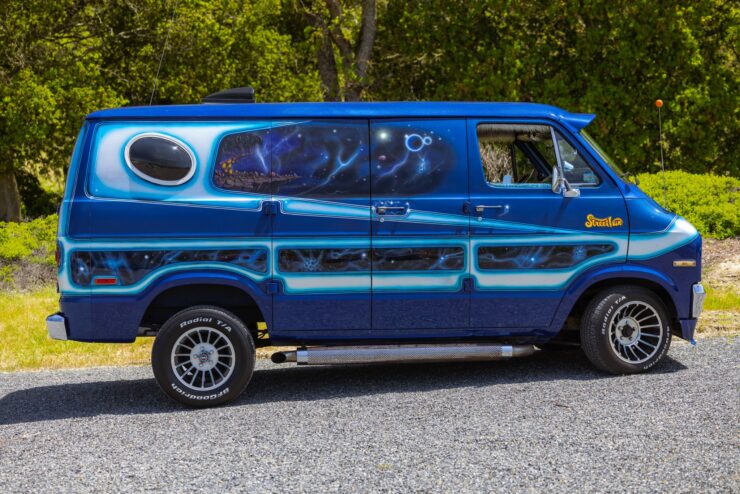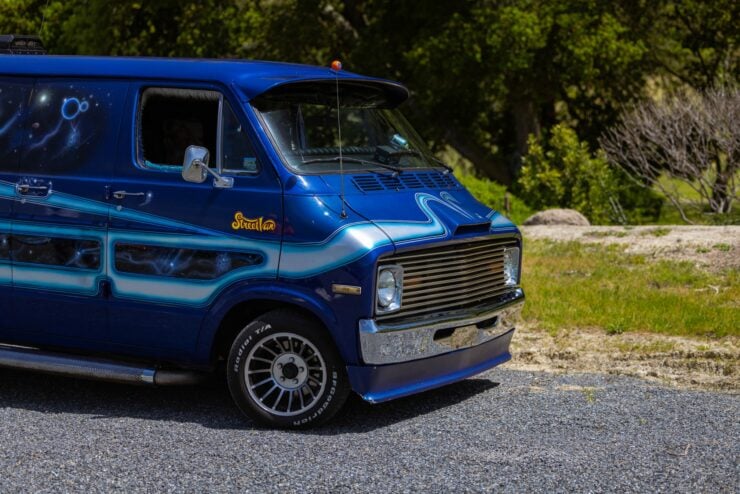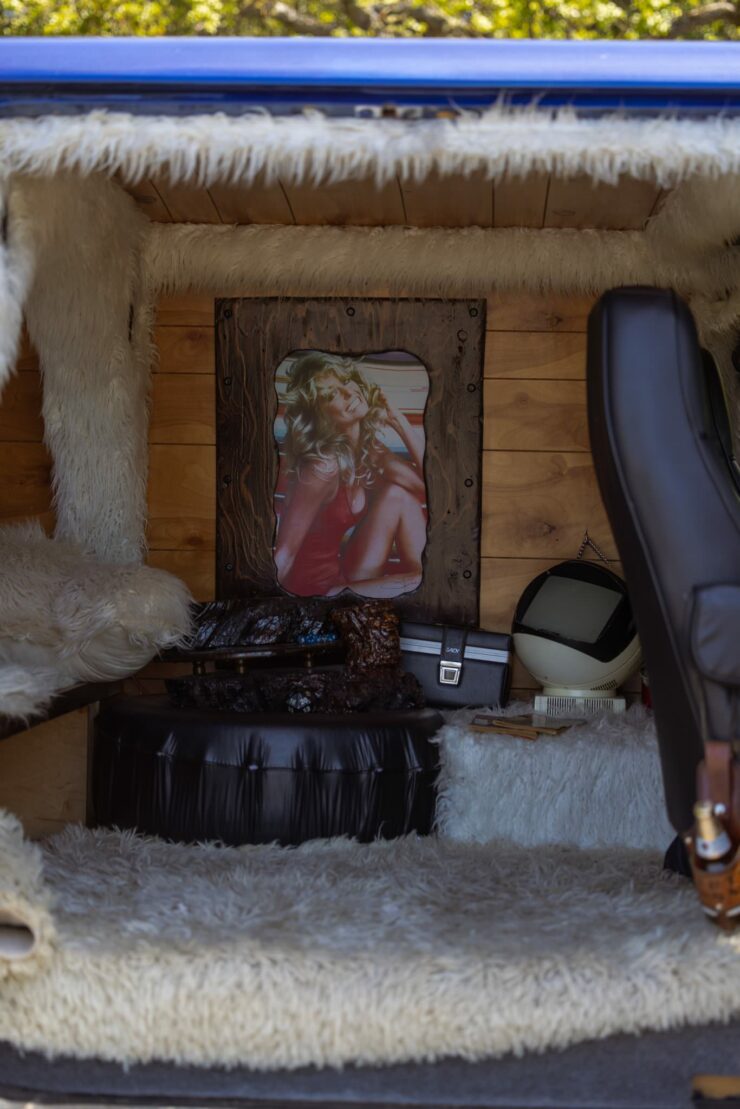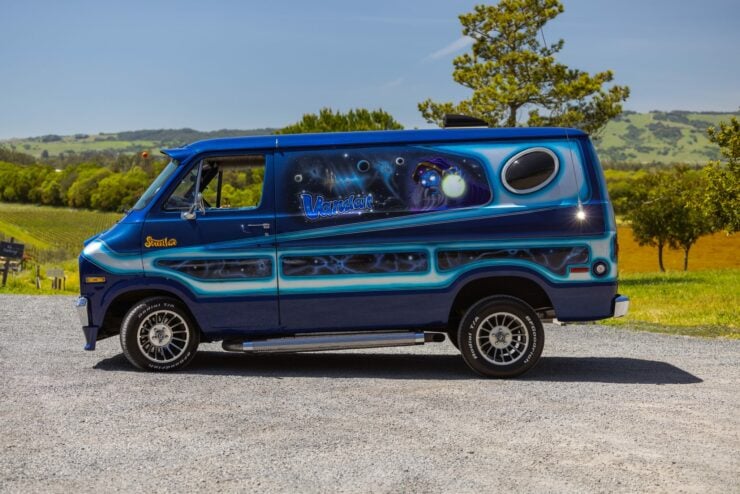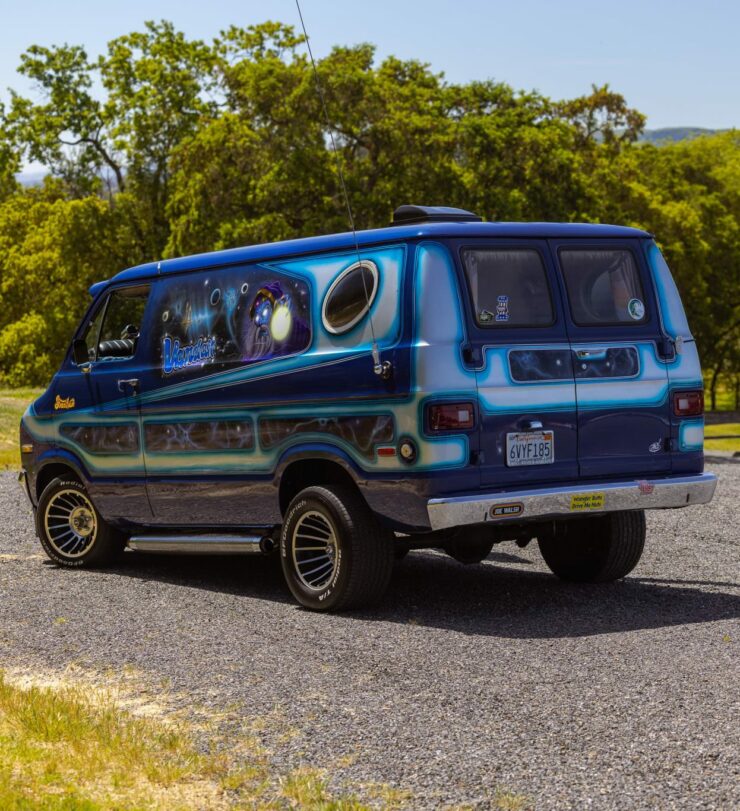This 1977 Lamborghini Countach LP400 “Periscopio” was delivered new to Rod Stewart while he was touring in Australia. He developed such a sentimental bond with the car that he kept it in his private collection for over 25 years.
Stewart would ship this car from Australia to his home in California for many years, and would then later have it shipped to his home in Britain. He had the car customized in his ownership however these modifications have now even reversed back to original factory specification.
Fast Facts – The Lamborghini Countach LP400
- The Lamborghini Countach LP400 “Periscopio” was so named for the periscope system that was integrated into the roof of the car to improve its otherwise woeful rearward visibility. This periscope system was designed by Donnelly Mirrors who had originally developed it for an Experimental Safety Vehicle concept car.
- The LP400 was the first production iteration of the Lamborghini Countach, and many feel it was the purest form of Marcello Gandini’s original vision for the design from his time working at Bertone. Gandini had also designed the earlier Lamborghini Miura which many reference today as the first true production supercar.
- The Countach was given a complex steel space frame chassis and a revised version of the Bizzarrini-designed Lamborghini V12 with a displacement of 3,929cc and 375 bhp giving the car a top speed of just under 290 km/h (180 mph).
- The Countach LP400 “Periscopio” you see here is one of only 157 of this model variant made, it was delivered new to Rod Steward who kept it for 25 years after driving it in Australia, the United States, and Britain. It’s now being offered for sale by RM Sotheby’s.
The “Periscopio” Lamborghini Countach LP400
Perhaps the most famous shortcoming of the Lamborghini Countach was the almost total lack of rearward visibility. This was solved rather cleverly with the LP400 by fitting a periscope system in the ceiling that used mirrors to give the driver a better idea of way lay behind. As a result of this the model was nicknamed the “Periscopio” – Italian for periscope.
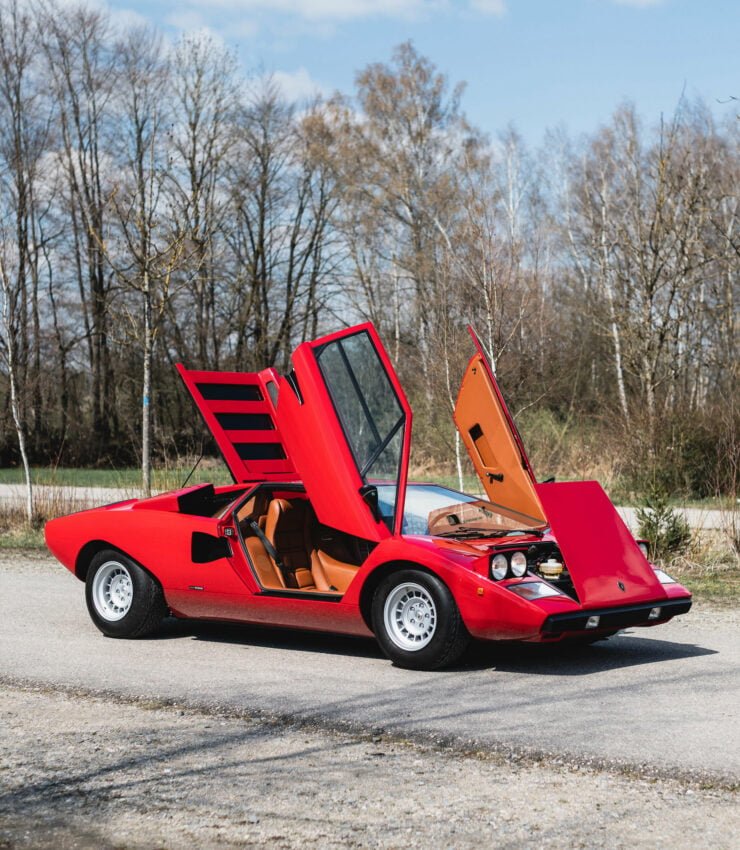
The sharp wedge styling of the Countach was an evolution of earlier Marcello Gandini designs like the Alfa Romeo Carabo and the Lancia Stratos Zero. It would prove hugely influential and it still sets the tone for modern day Lamborghinis.
The project to create the Lamborghini Countach had been launched to create a worthy successor to the Lamborghini Miura – a car that many recognize as the first true production supercar.
Whereas the Miura had its mid-mounted V12 and transmission fitted transversely the Countach went with a longitudinal orientation, and unusually the transmission was fitted in front of the engine for better weight distribution.
The V12 used in the Countach was an upgraded version of the Bizzarrini-designed Lamborghini V12 now with a displacement of 3,929cc and power output of 375 bhp at 8,000 rpm, giving the car a top speed of just under 290 km/h (180 mph).
Power is sent to the rear wheels via a gated 5-speed manual transmission in traditional Lamborghini style. Interestingly the transmission was mounted between the seats and the driveshaft passed backward through the engine’s sump to the differential.
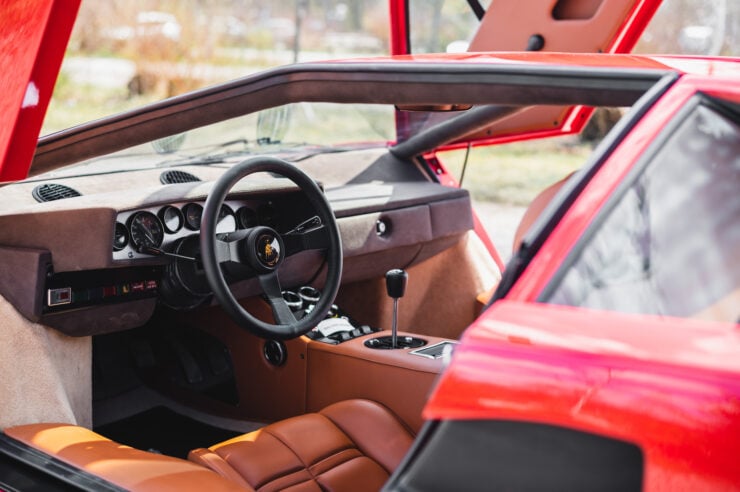
The interior of the LP400 was well-appointed, with leather seats, ample instrumentation, and all the refinements you might need. It could be used for touring if you didn’t mind the minimal storage space for luggage.
Interestingly the complex steel space frame chassis used on the LP400 was made by Marchesi in Italy and then delivered to the Lamborghini factory in Sant’Agata where the car was built around it.
The body consisted of multiple unstressed aluminum panels and a fiberglass and aluminum panel was used as the floor panel. Inside, the cabin was opulently fitted out providing a GT car-like experience, though there was relatively little in the way of cargo space for bags or luggage.
The high chassis sills meant that normal doors wouldn’t be suitable, rather than using gullwing doors as Mercedes had done with their 300 SL it was decided to use scissor doors that opened up and forward – this design feature would be copied relentlessly by some of Lamborghini’s rivals for decades to come.
The LP400 remained in production from 1974 to 1978. Due to the handmade nature of the car just 157 had been made and today they remain among the most collectible of the series production versions of the Countach.
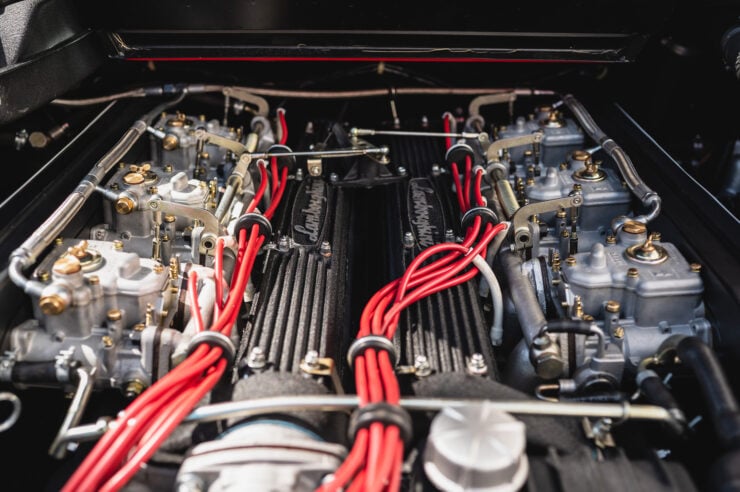
Power was provided by the Bizzarrini-designed Lamborghini V12 with a displacement of 3,929cc and an output of 375 bhp. It also gave the model its name – LP400 stands for longitudinale posteriore, meaning “longitudinal rear” for the engine’s orientation, and 400 for 4000cc.
Rod Stewart’s 1977 Lamborghini Countach LP400
As you’ll remember from the introduction above, this LP400 is a little more special than most as it was bought new by Rod Stewart and kept by him at various times on three continents for over 25 years.
He took delivery while touring in Australia, then later had the car shipped back to one of his homes in California. Over the years he had a number of modifications made to the car, he had it converted from a coupe to a targa top and he had a full wide-body kit installed.
Eventually Stewart sold the car on in 2002, the new owner had a left-hand drive conversion done and they had the engine overhauled. It was later sold in 2013 to a new owner who took the decision to convert the car back to original factory specification – a choice that will have pleased the purists.
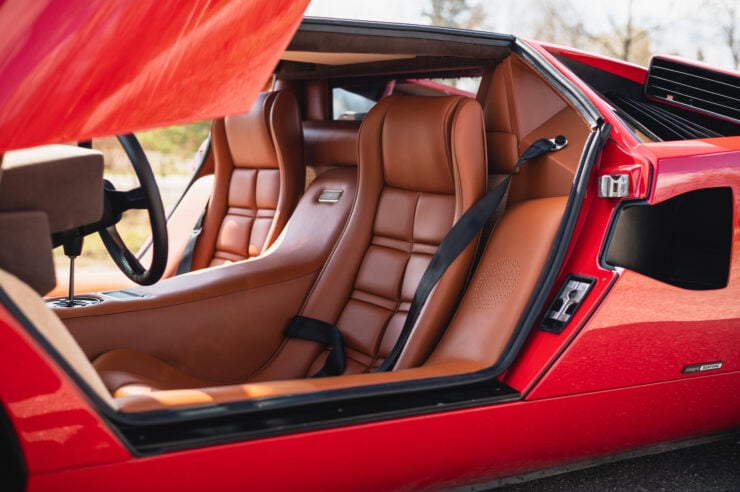
The complex steel spaceframe chassis required high sills, too high for normal doors, and so a pair of front opening scissor doors were developed which became a trademark of the car.
With the body returned to a tin-top and the wide body kit professionally reversed the car returned to its original form.
Later in 2022 it was given further restoration work by Lamborghini Polo Storico – the official Lamborghini division that specializes in the restoration and preservation of classic Lamborghinis.
The car is now scheduled to roll across the action block with RM Sotheby’s on the 20th of May with a price guide of $1,050,000 – $1,150,000 USD. If you’d like to read more about it or register to bid you can visit the listing here.
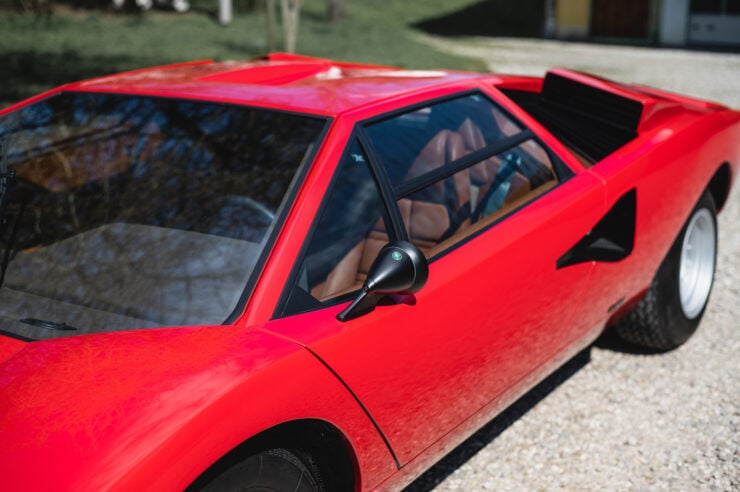
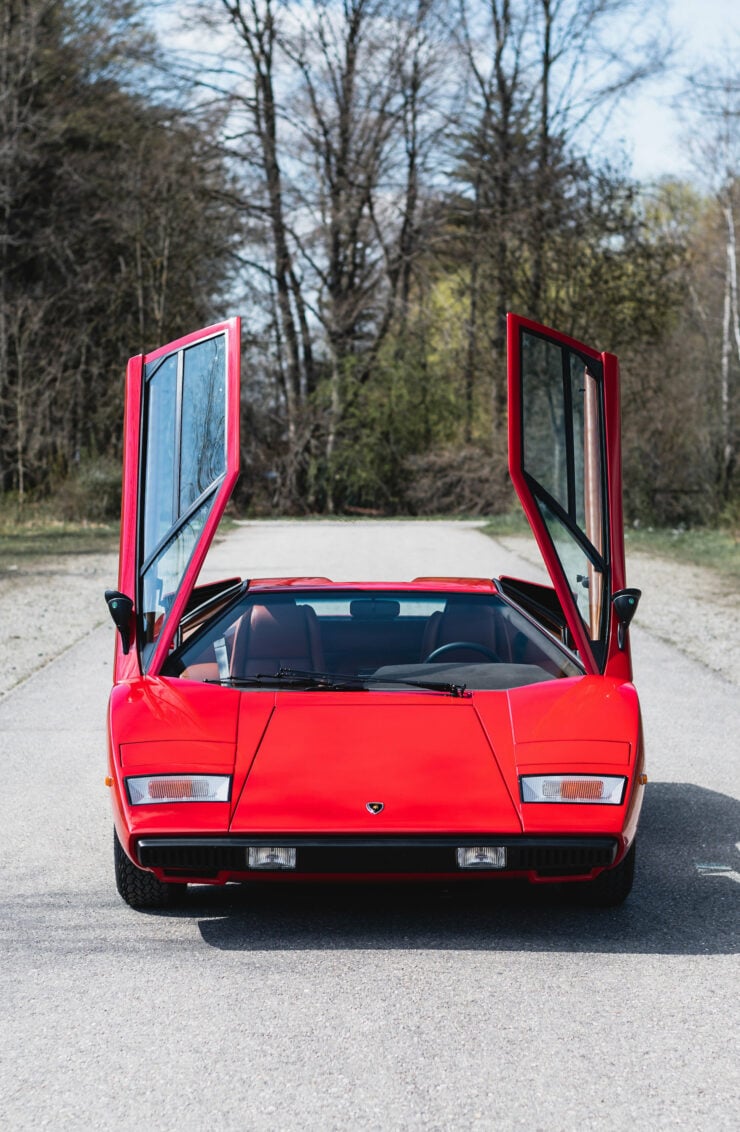
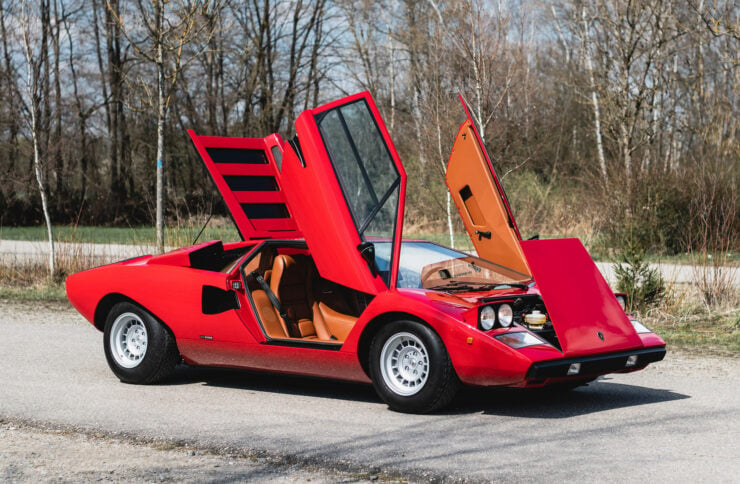
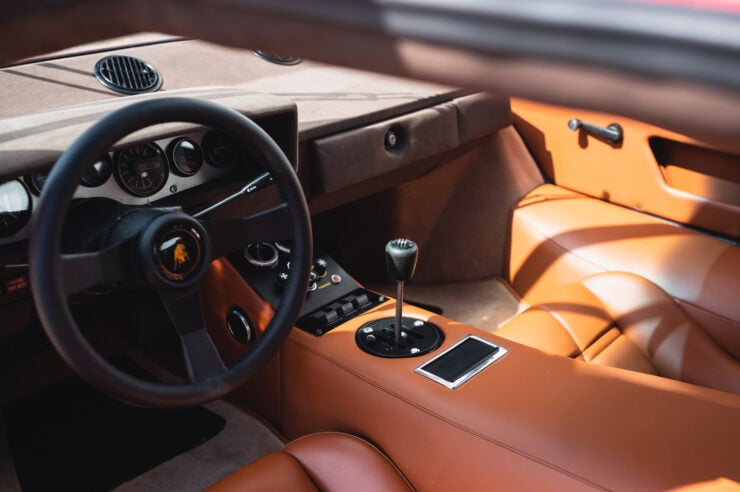
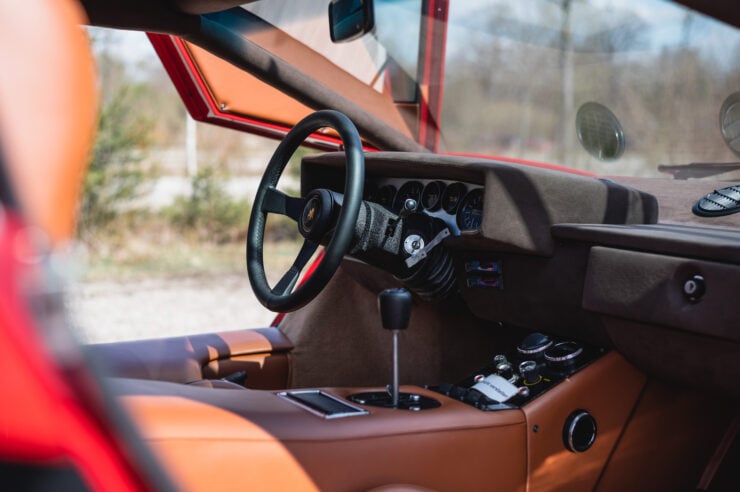
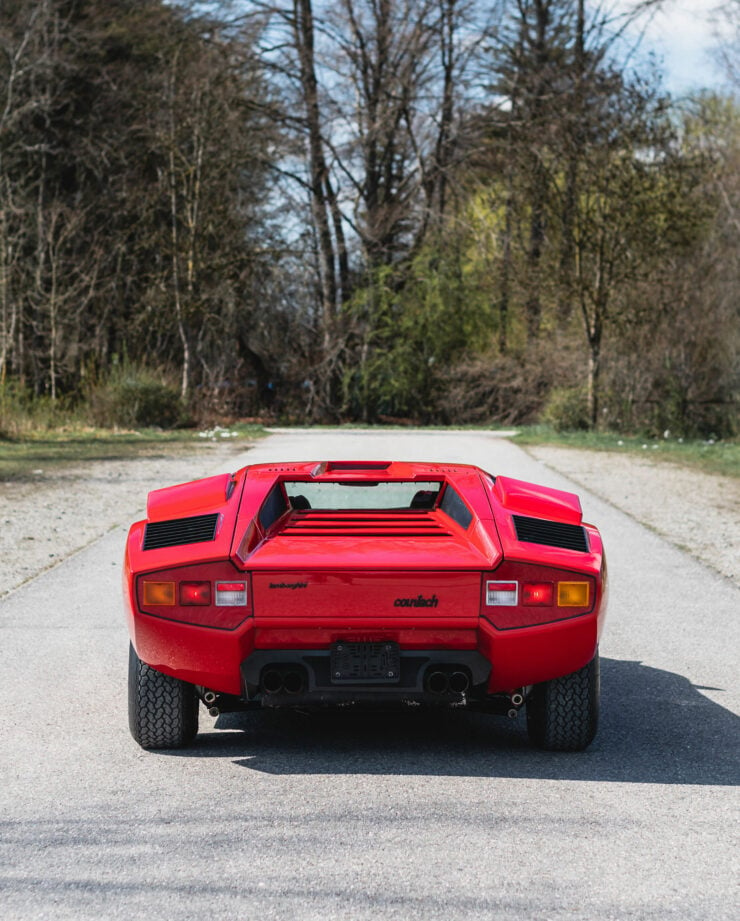
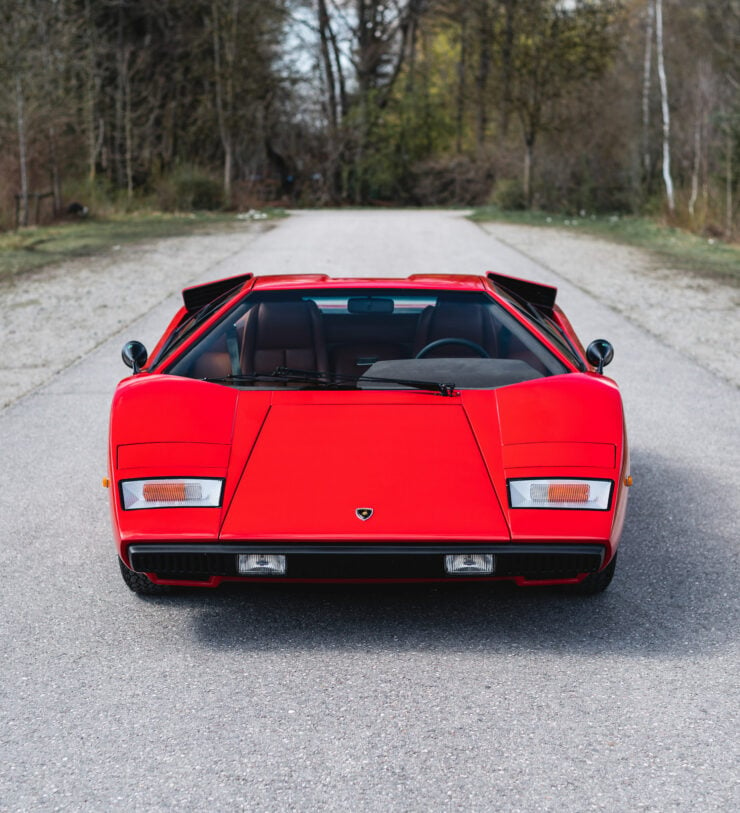
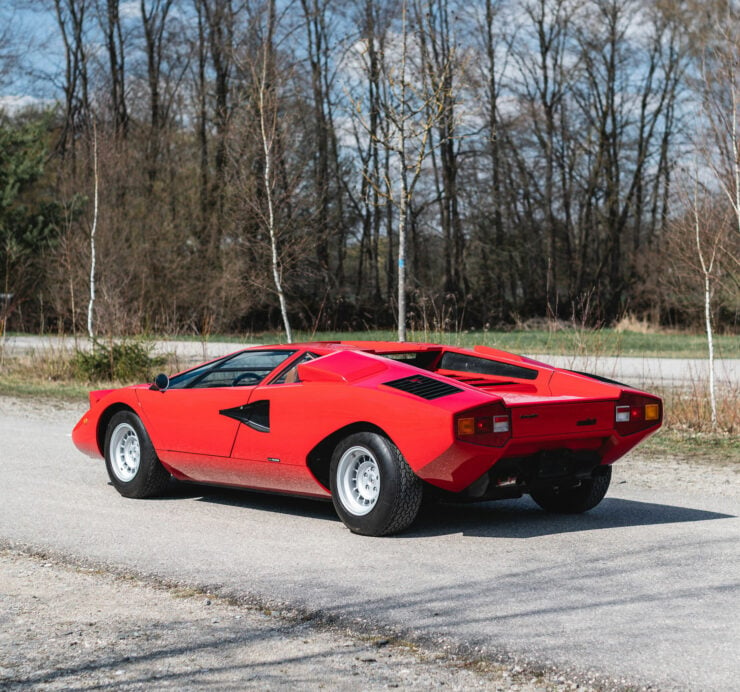
Images courtesy of Maximilian Vogl ©2023 RM Sotheby’s
The post Rod Stewart’s 1977 Lamborghini Countach LP400 “Periscopio” Is For Sale appeared first on Silodrome.
from Silodrome https://silodrome.com/rod-stewart-lamborghini-countach-lp400-periscopio/
via gqrds
